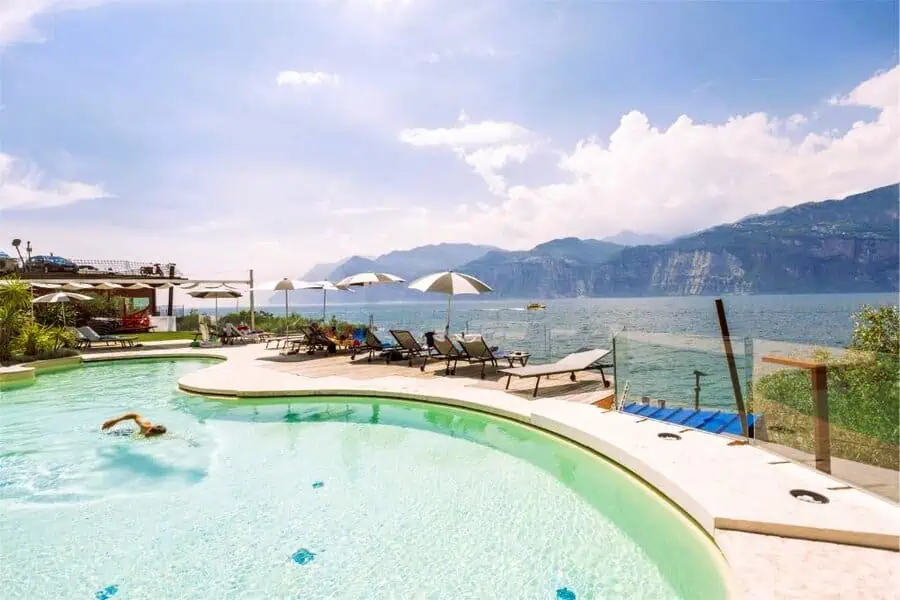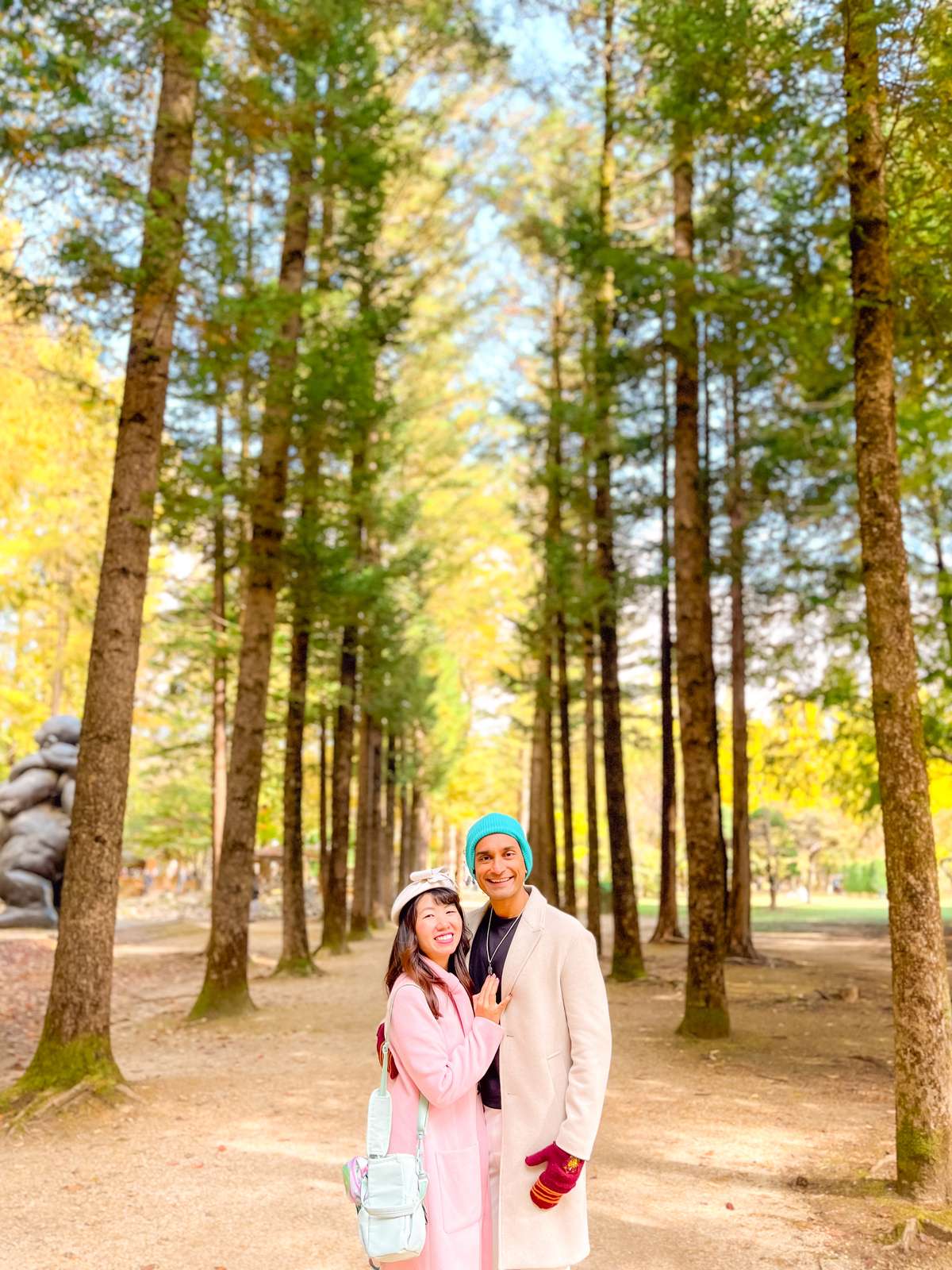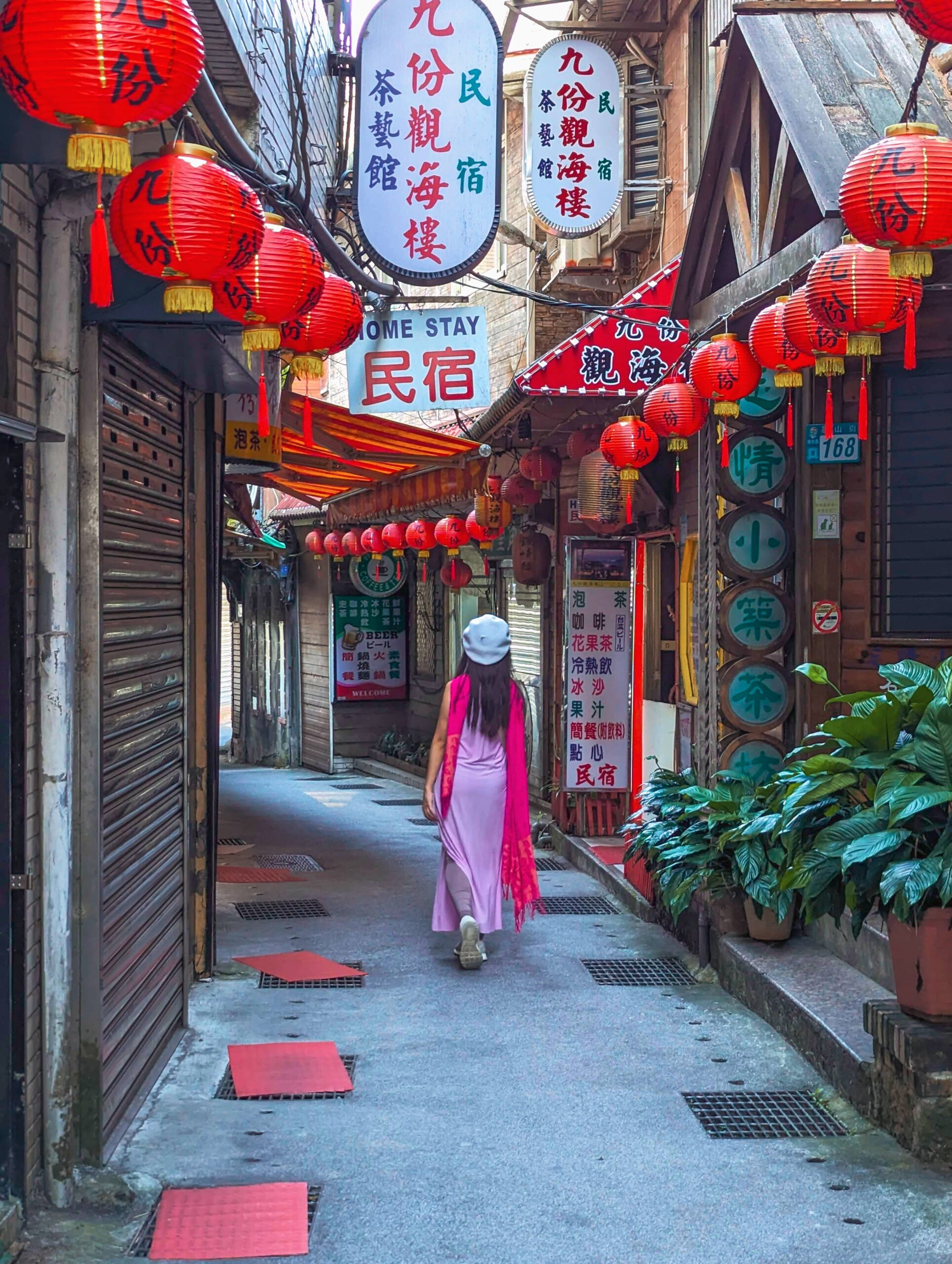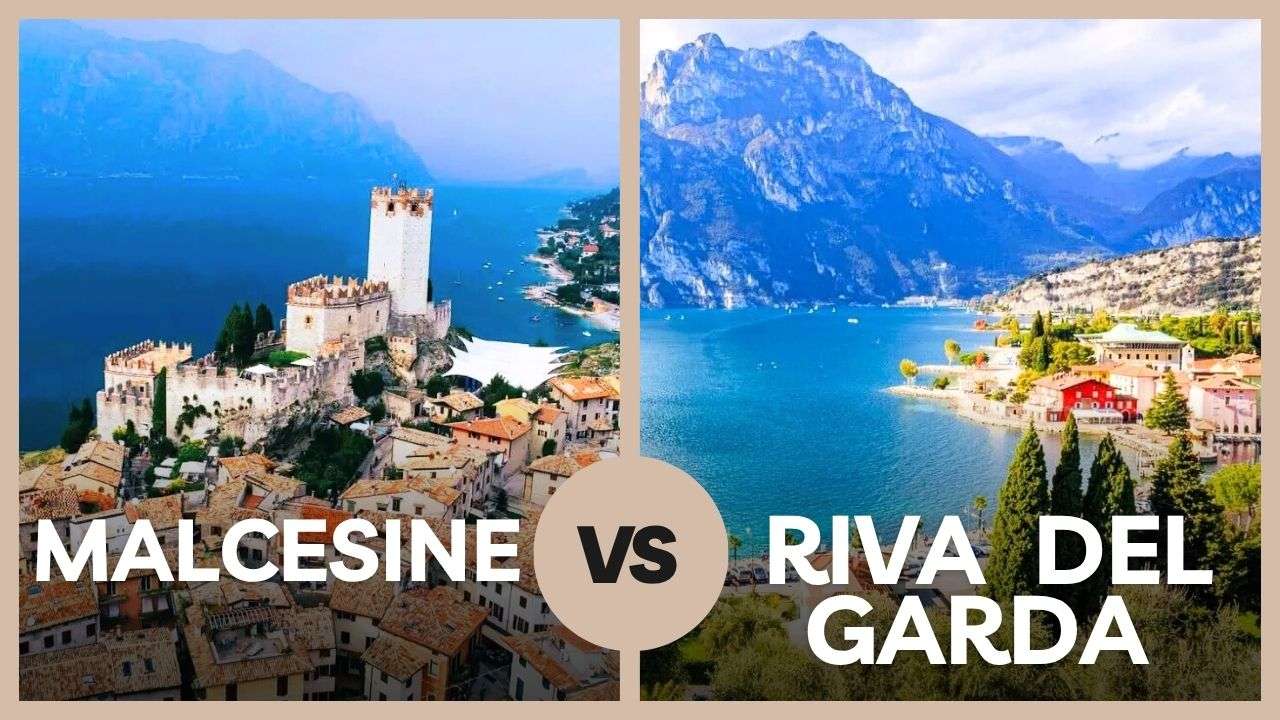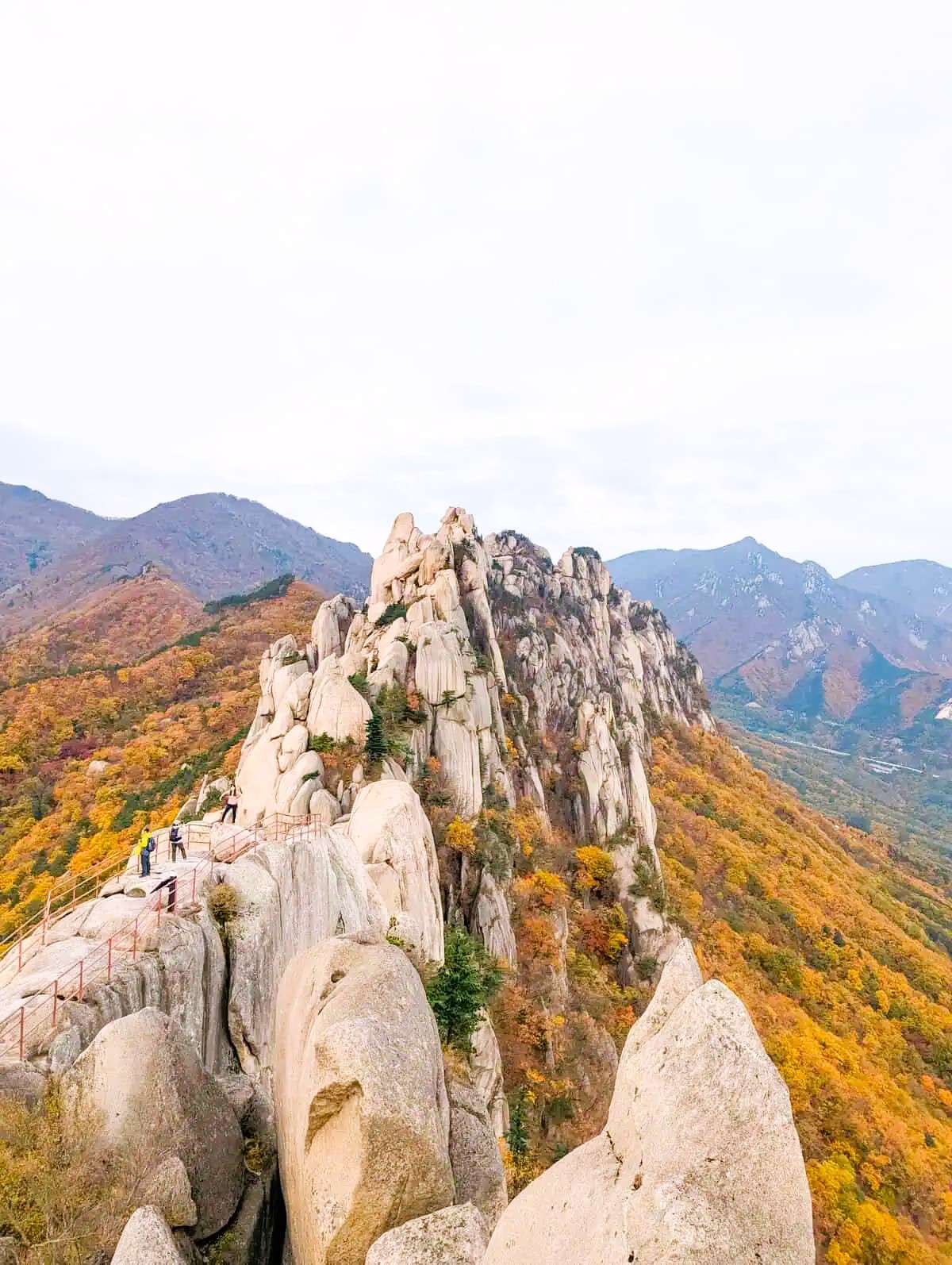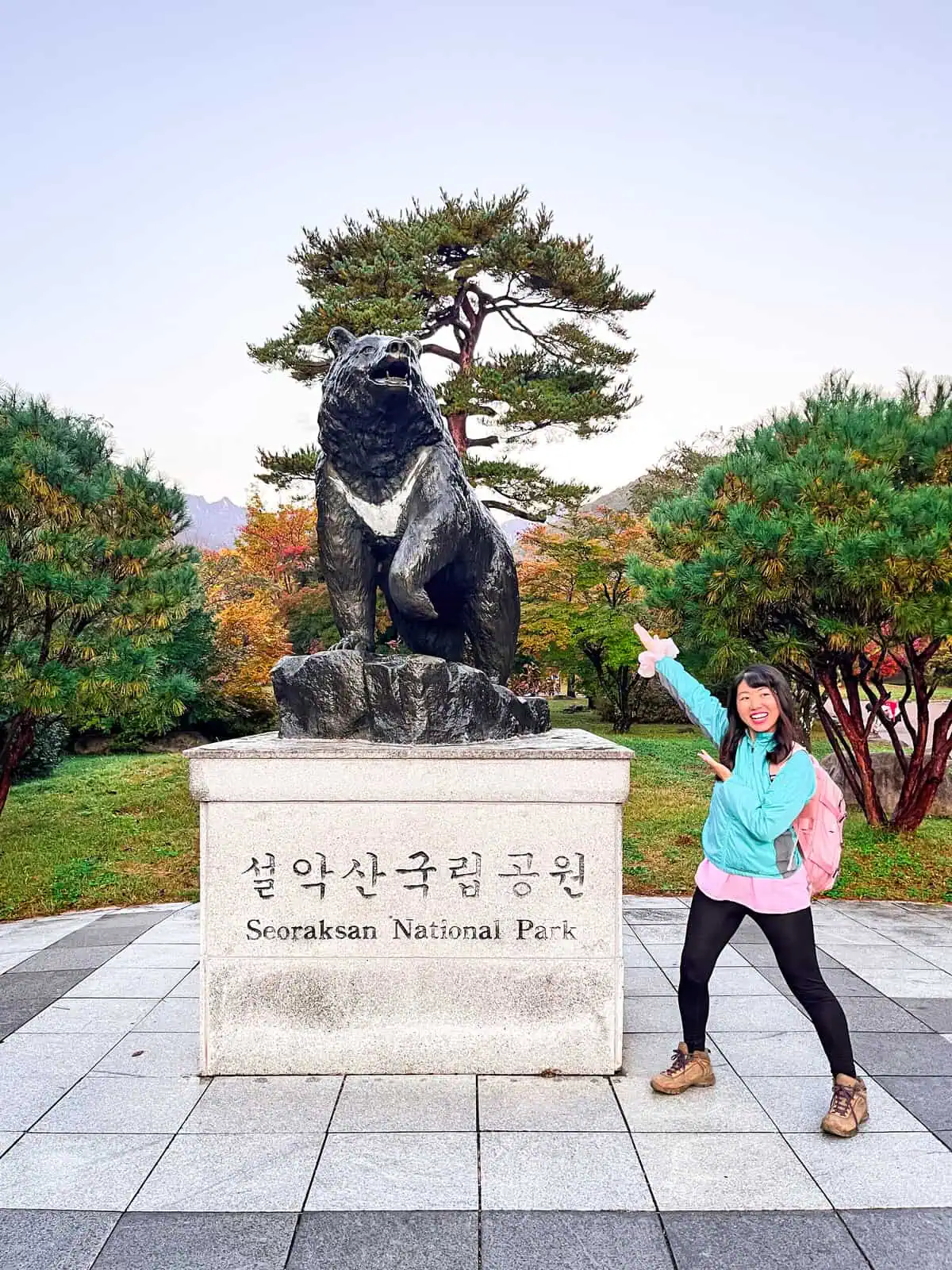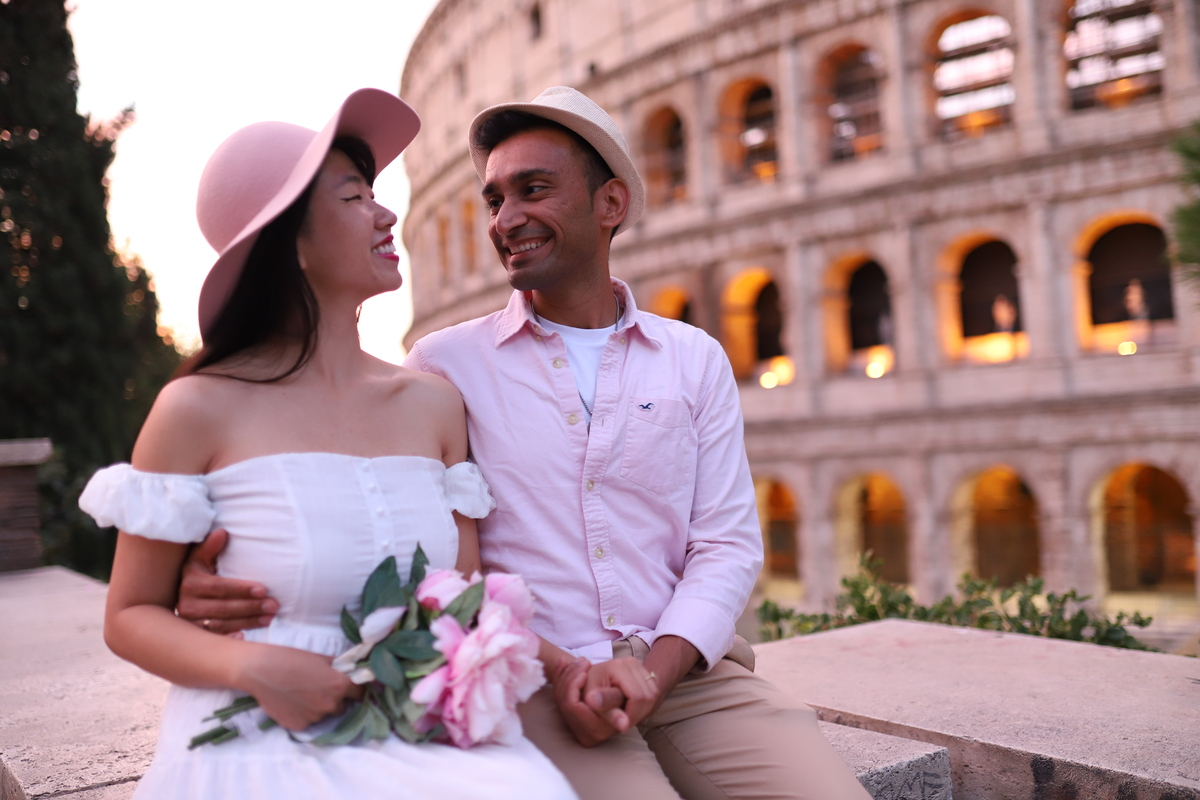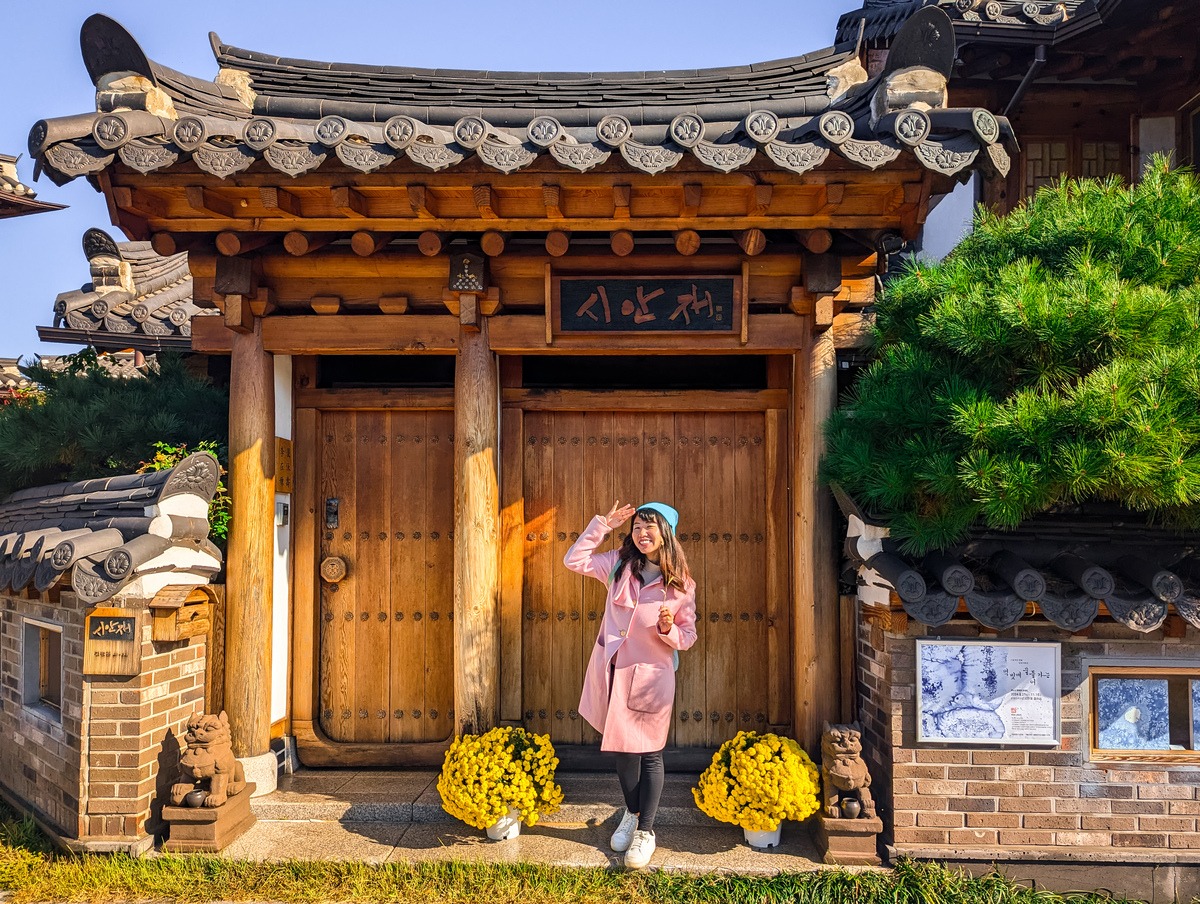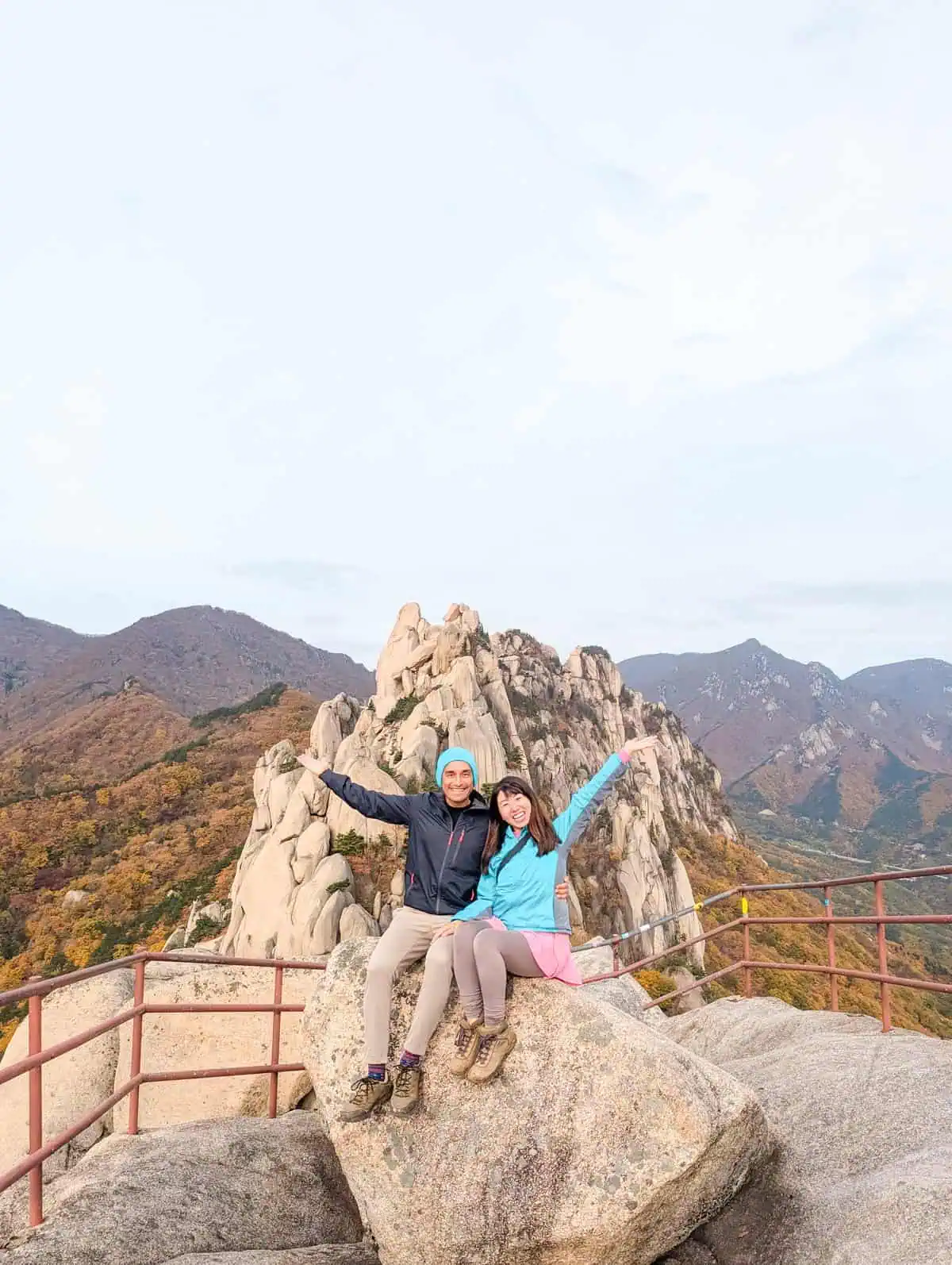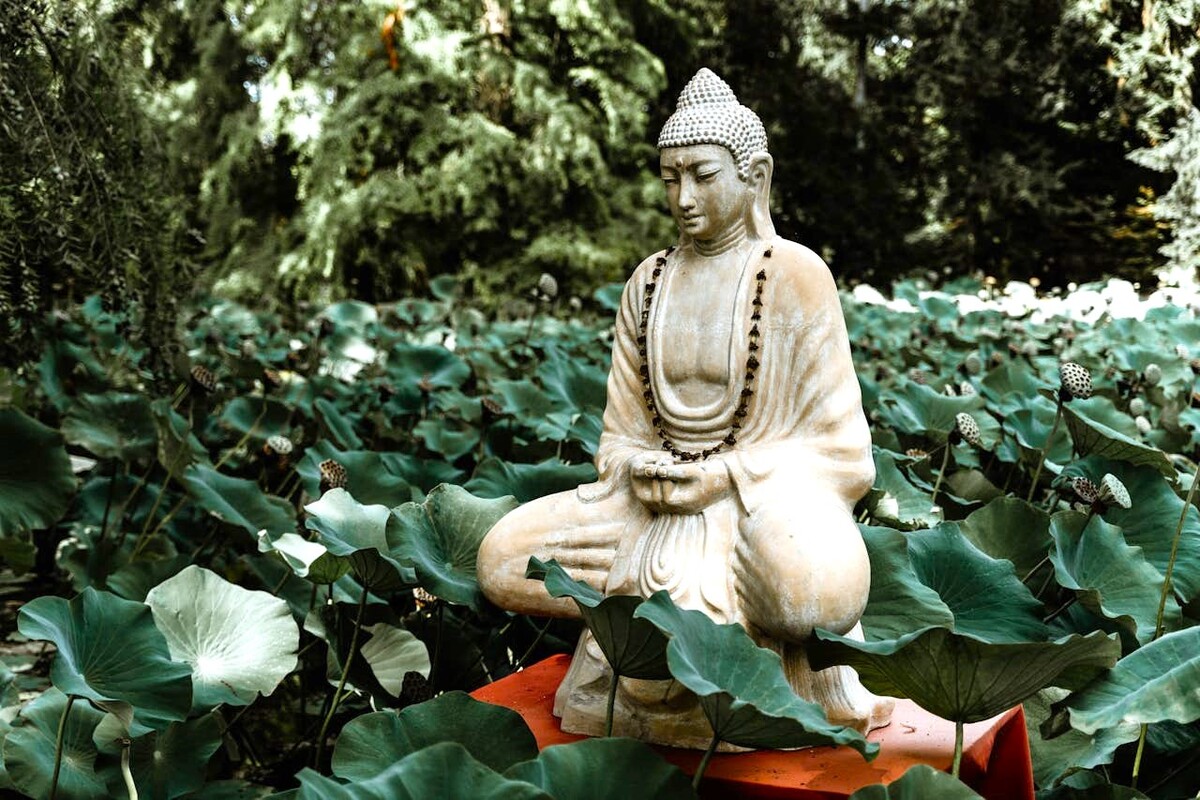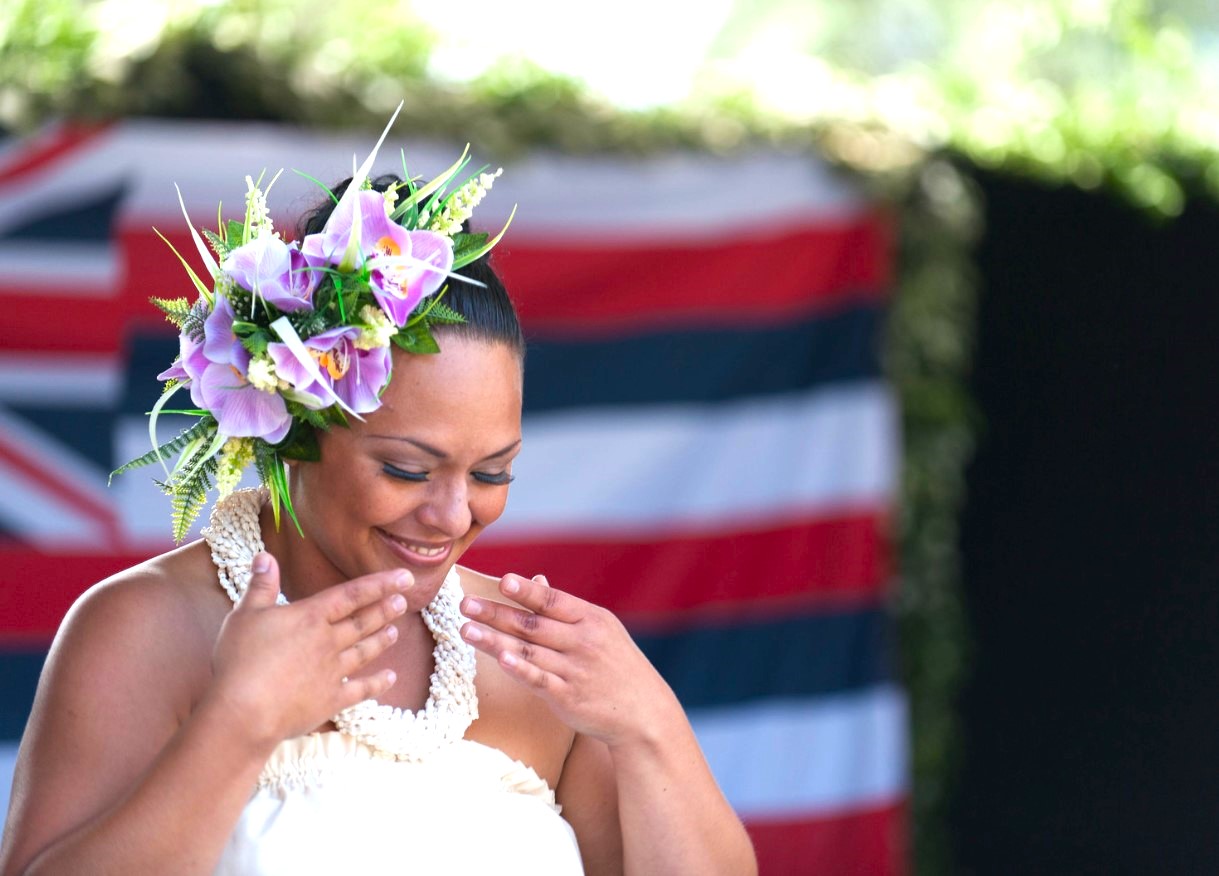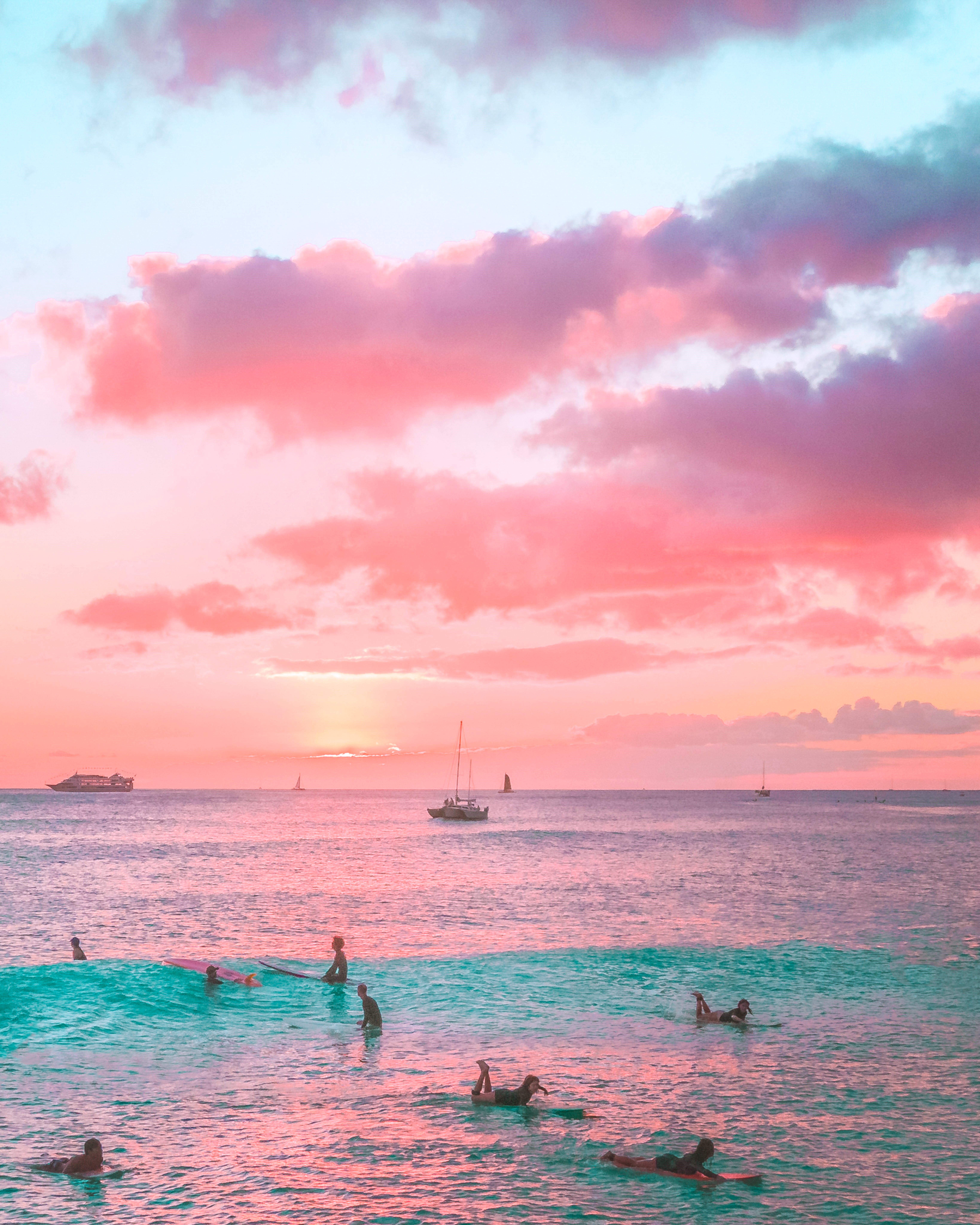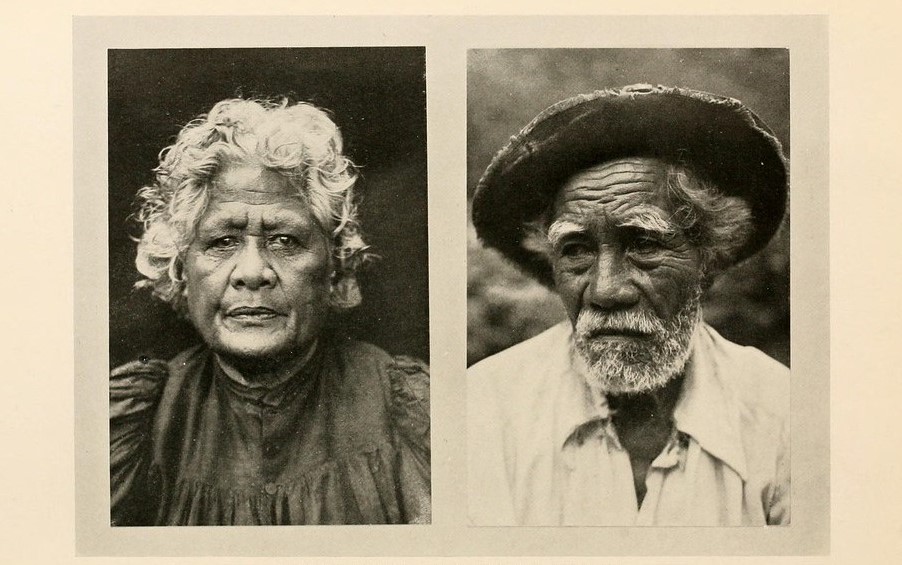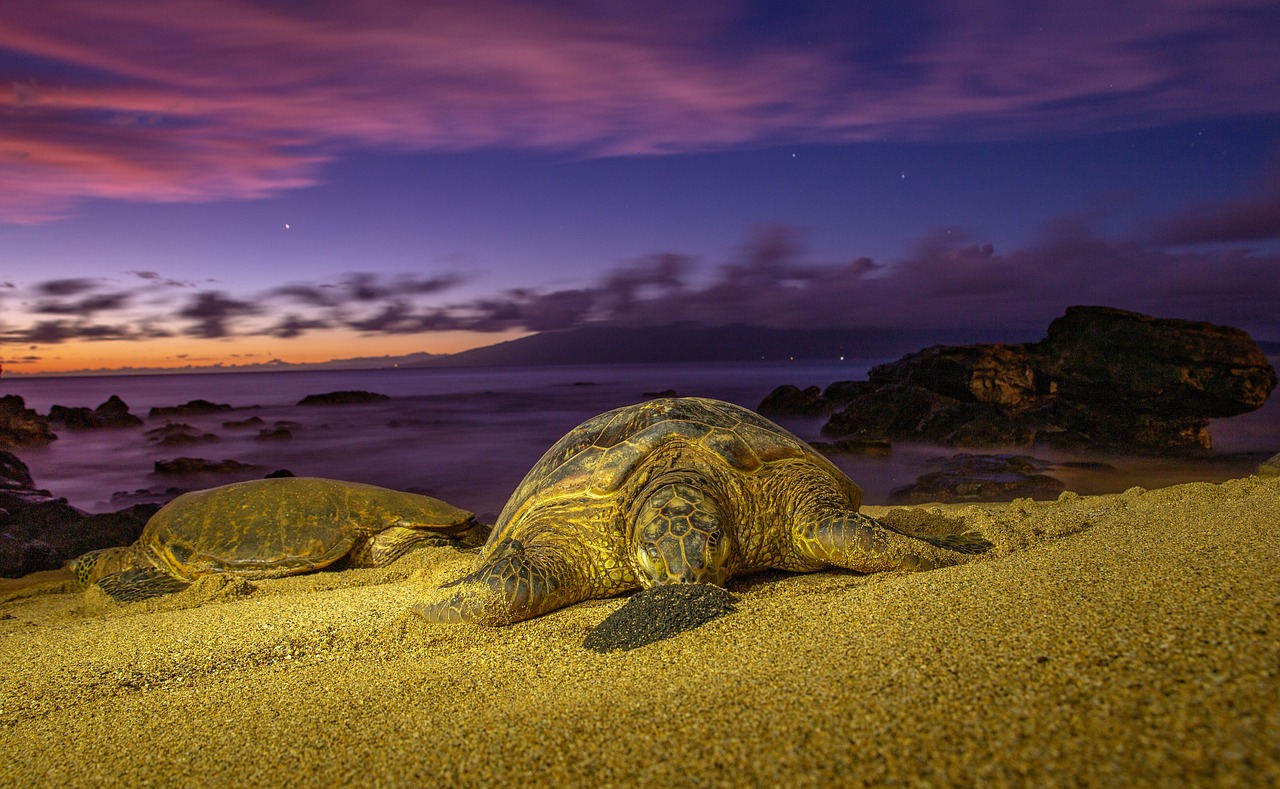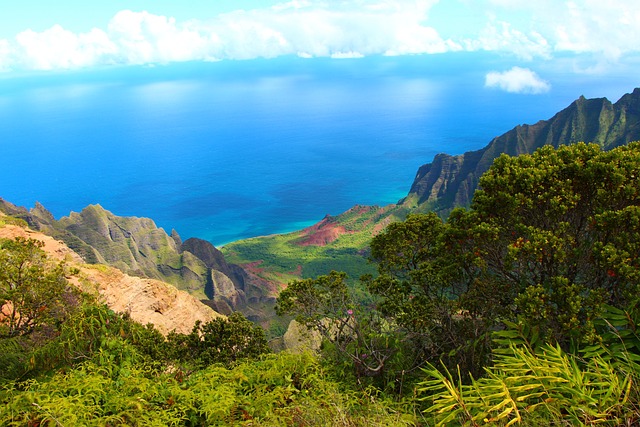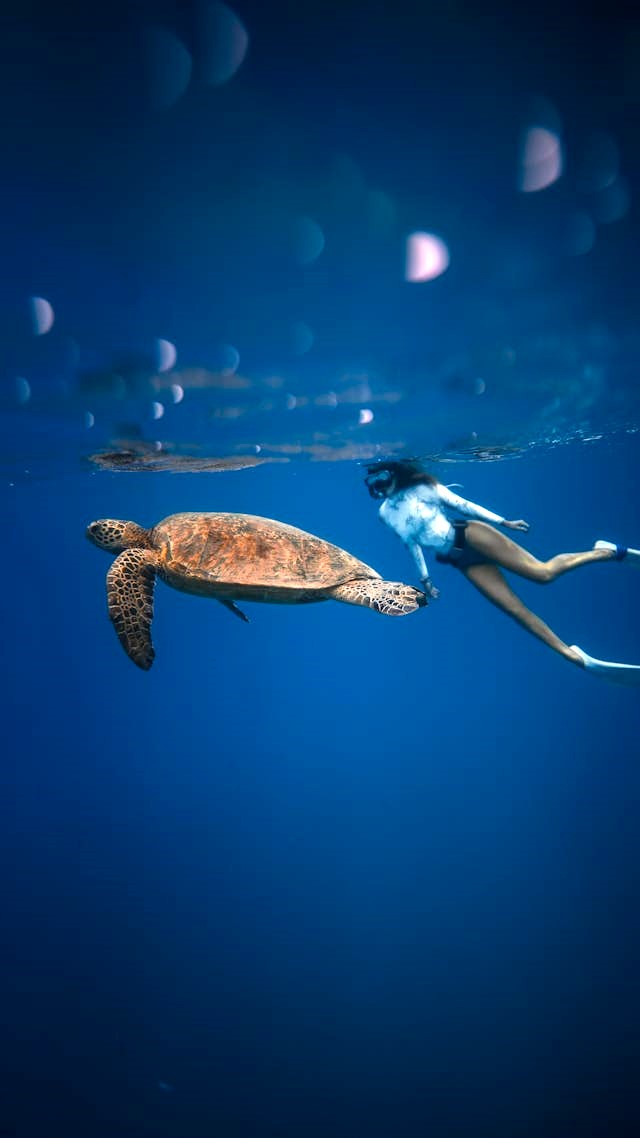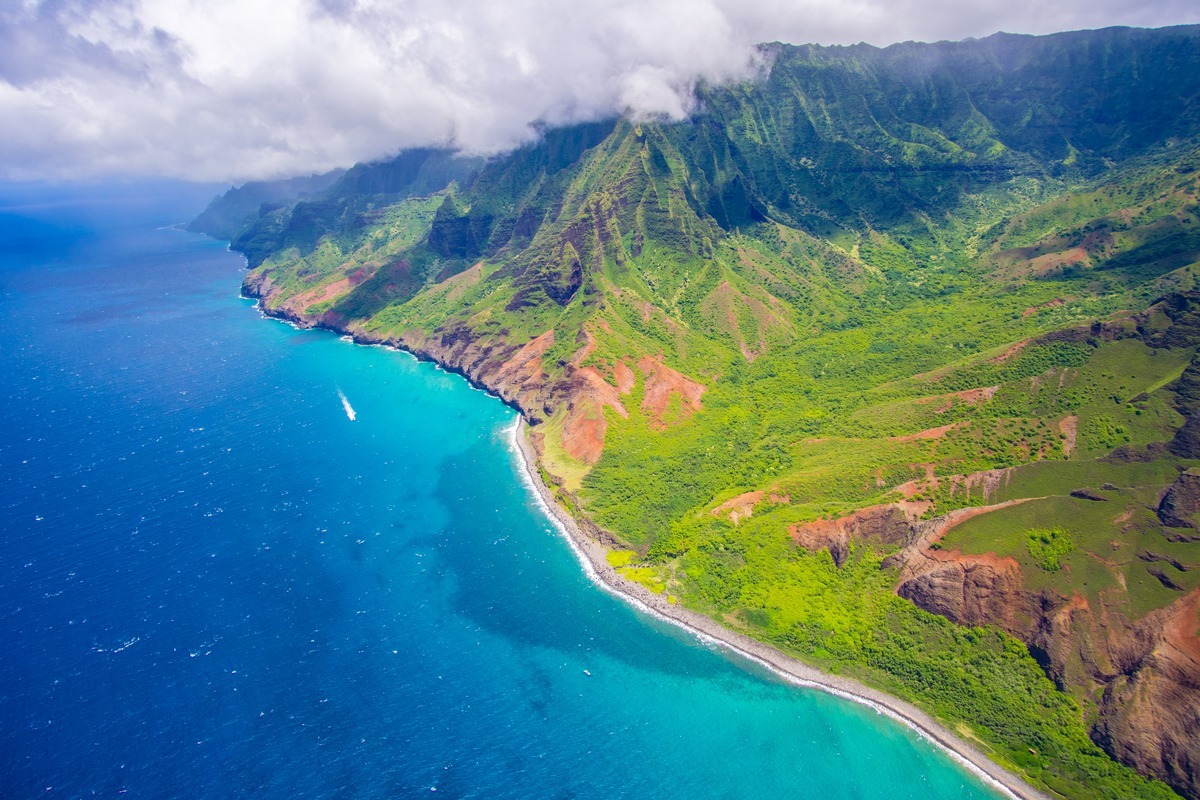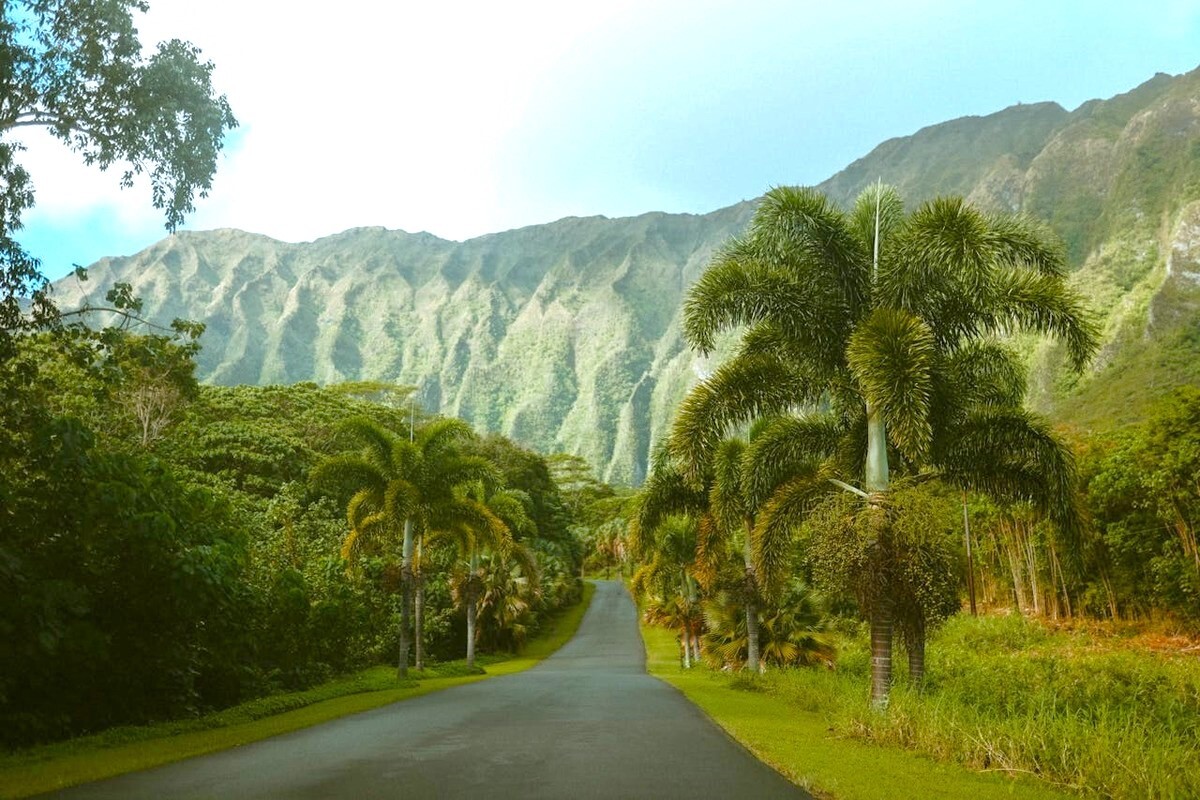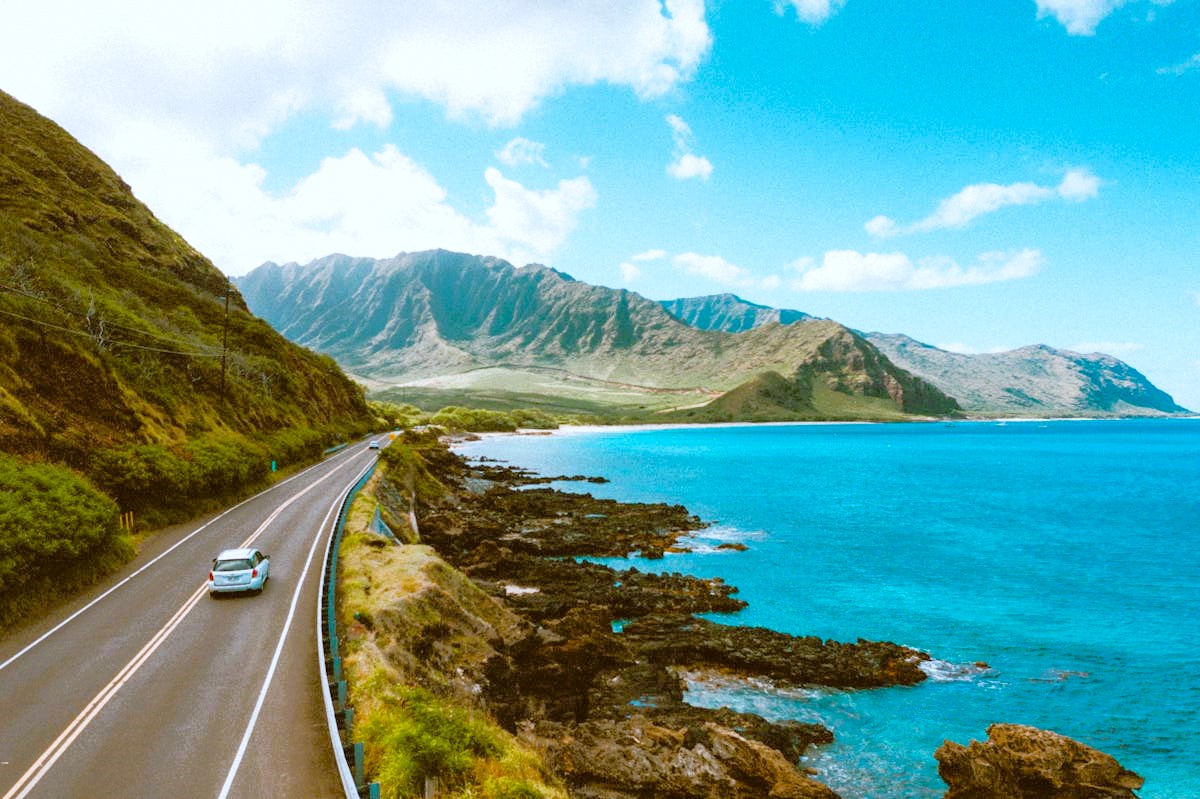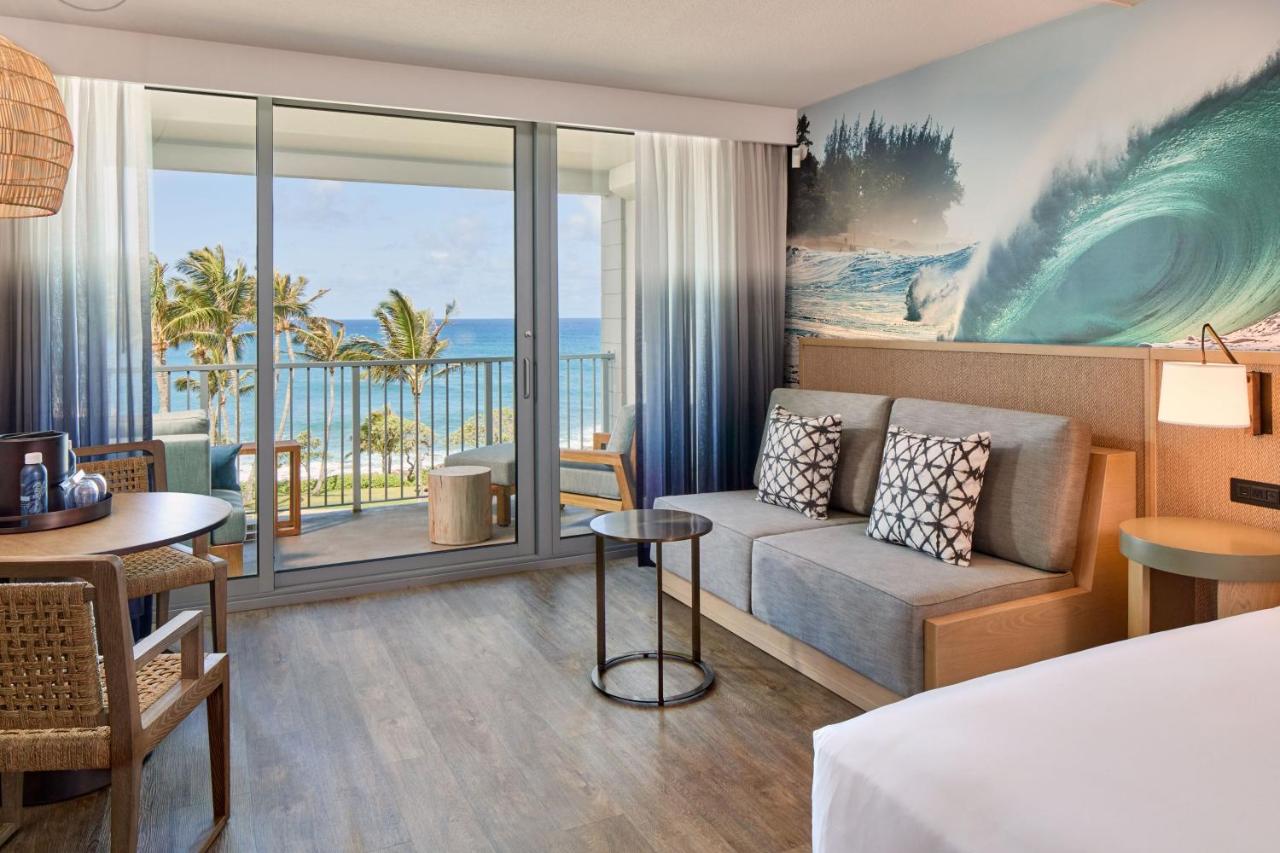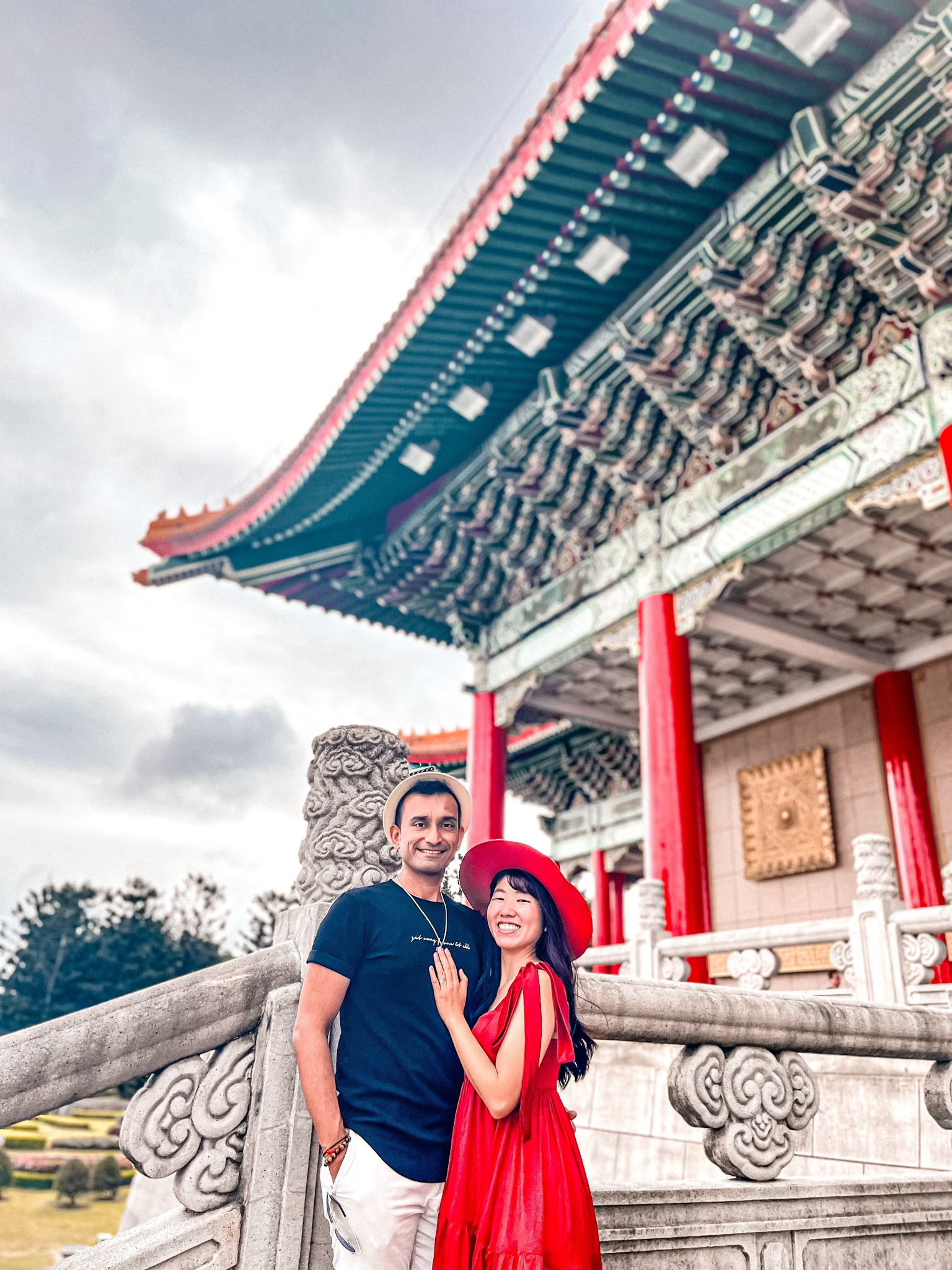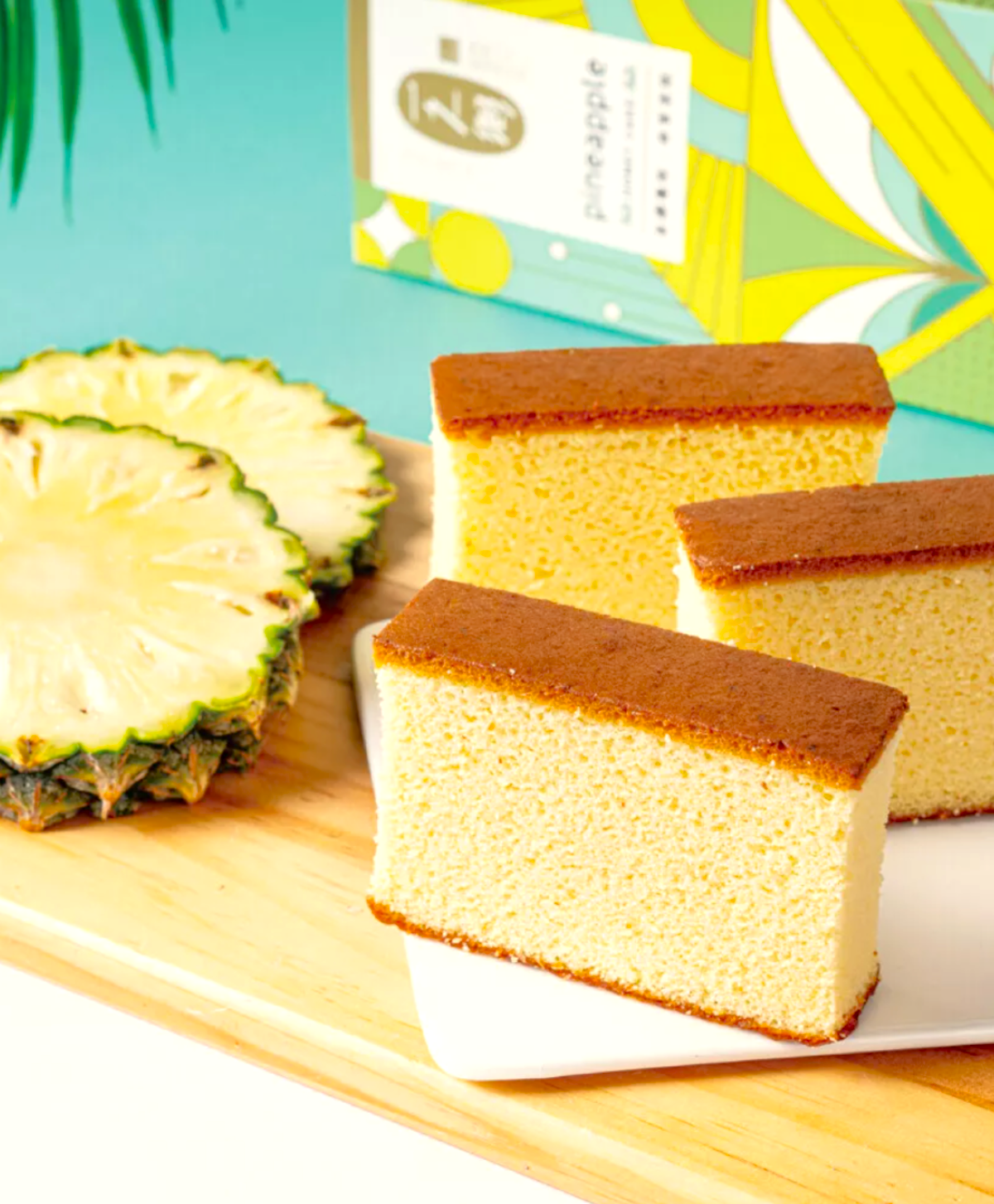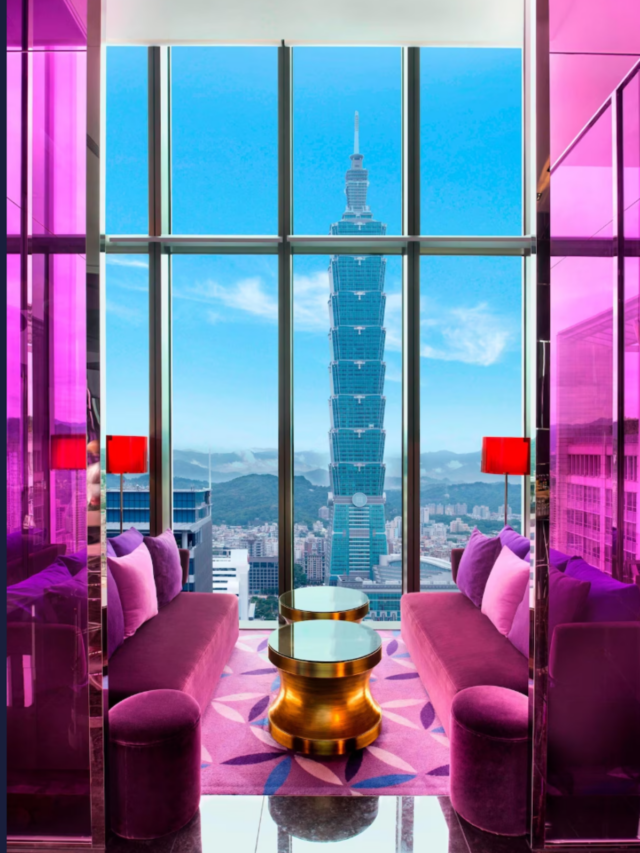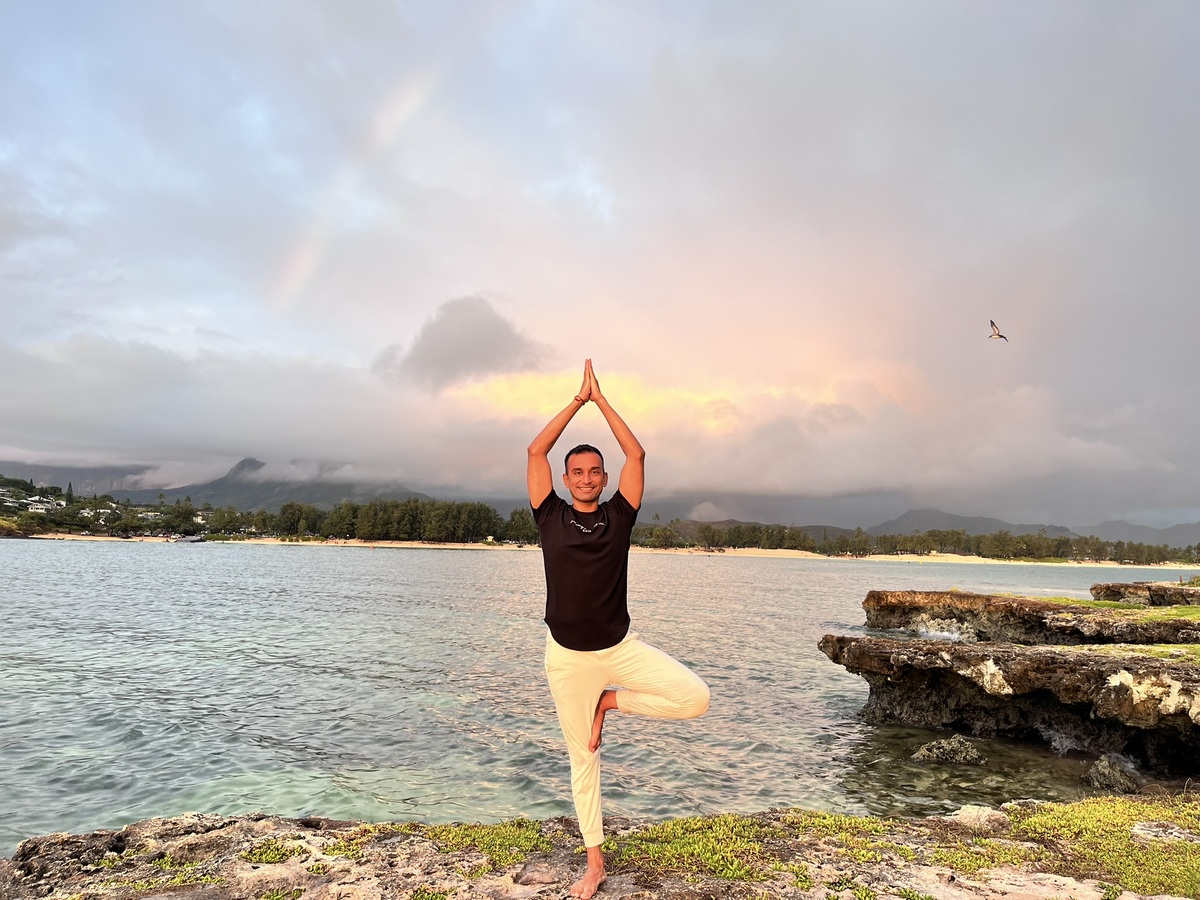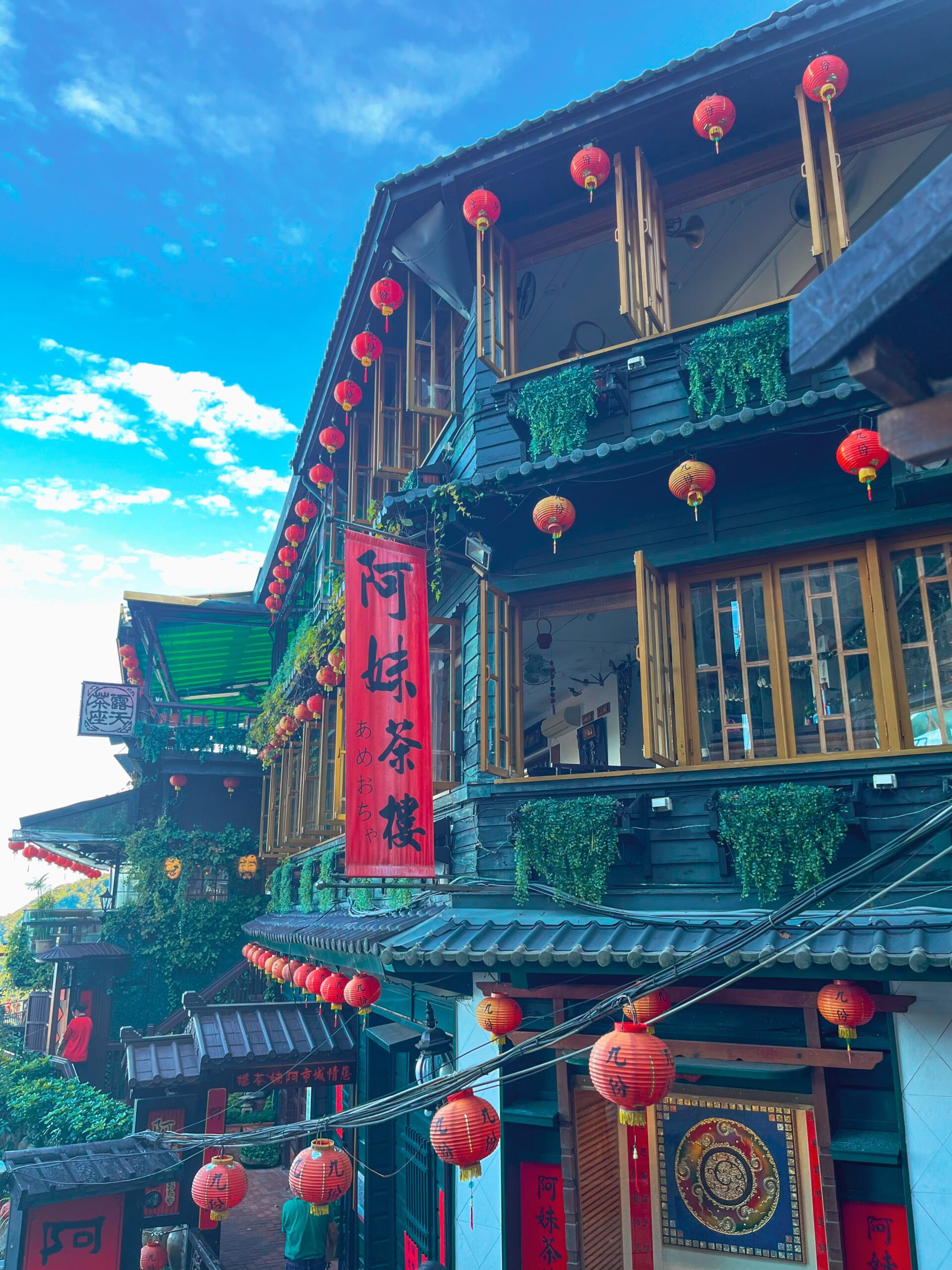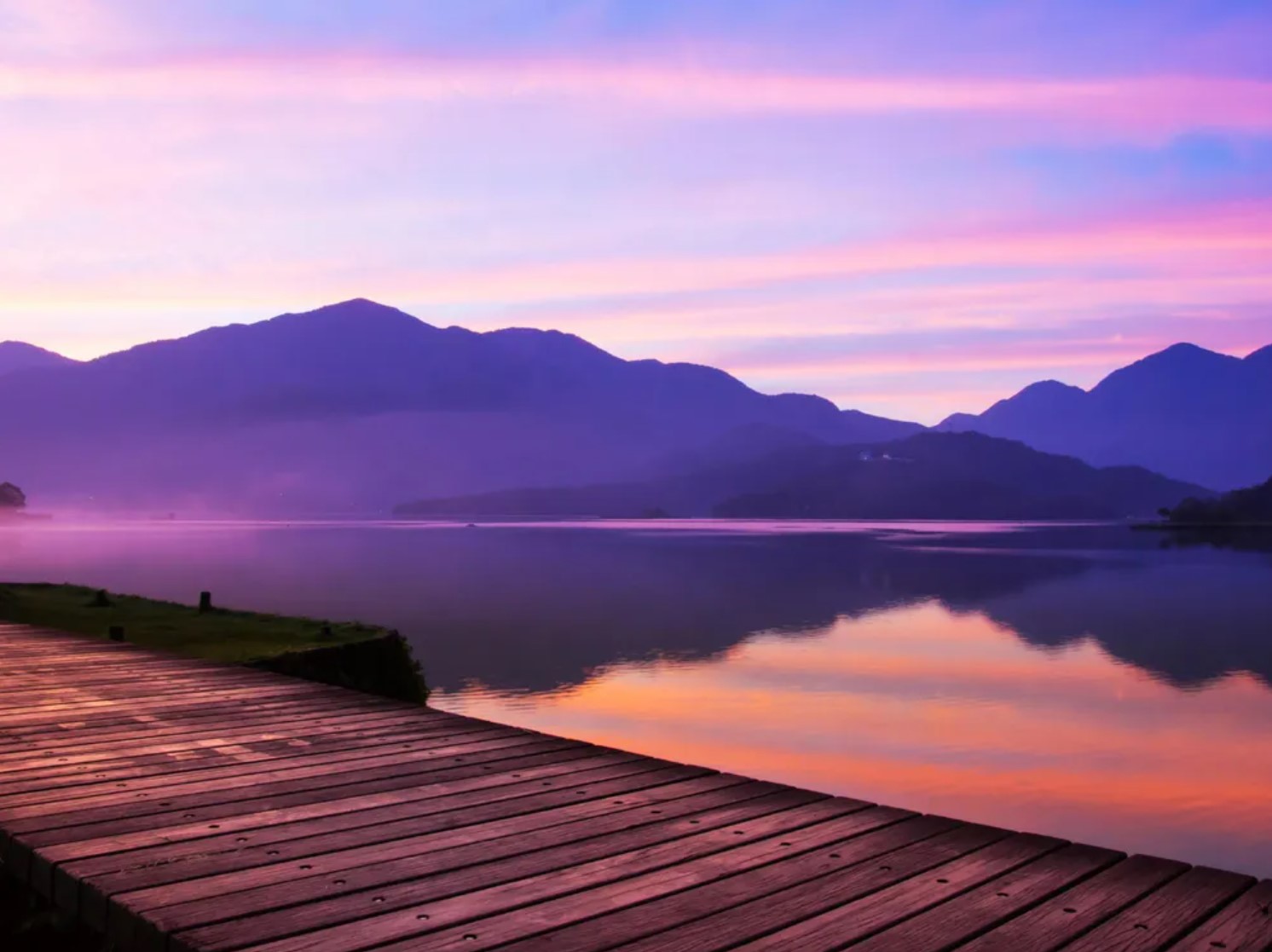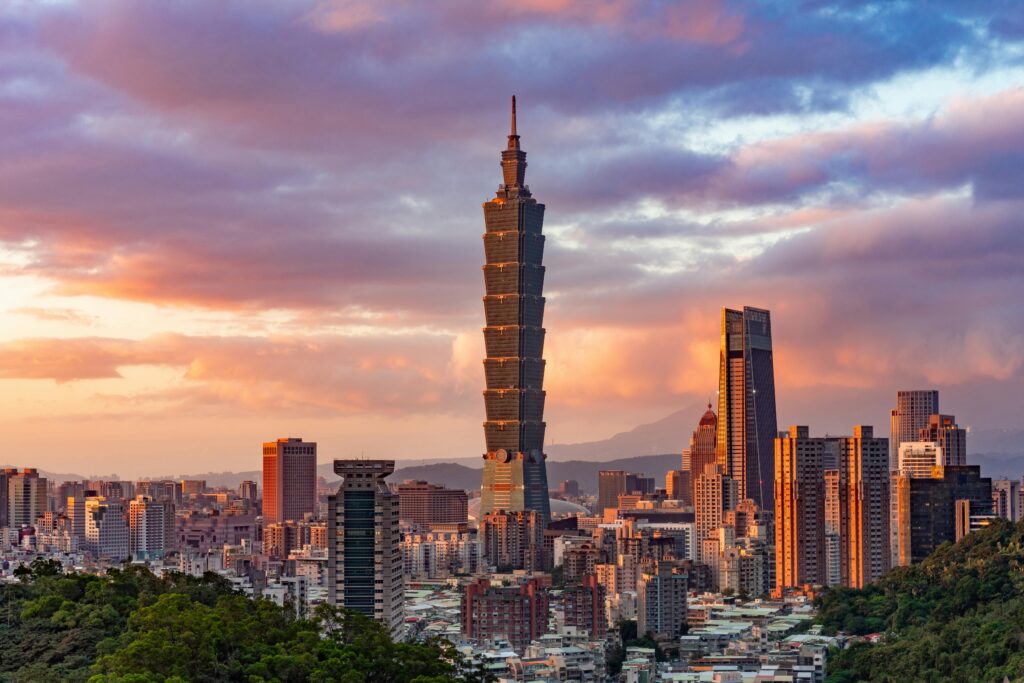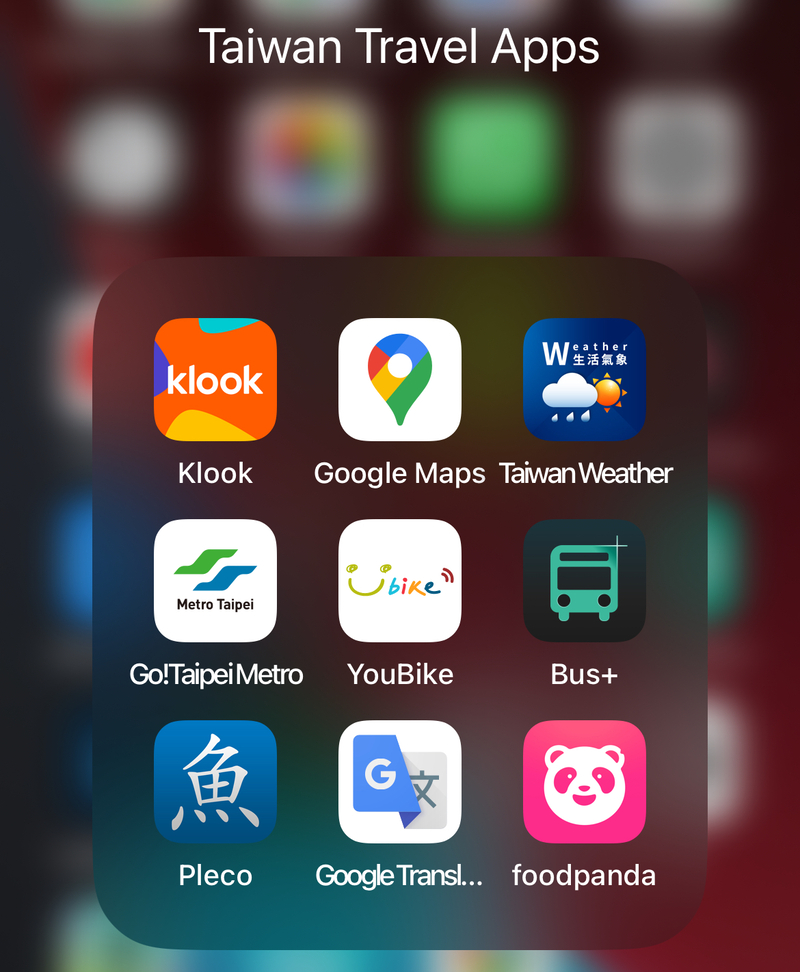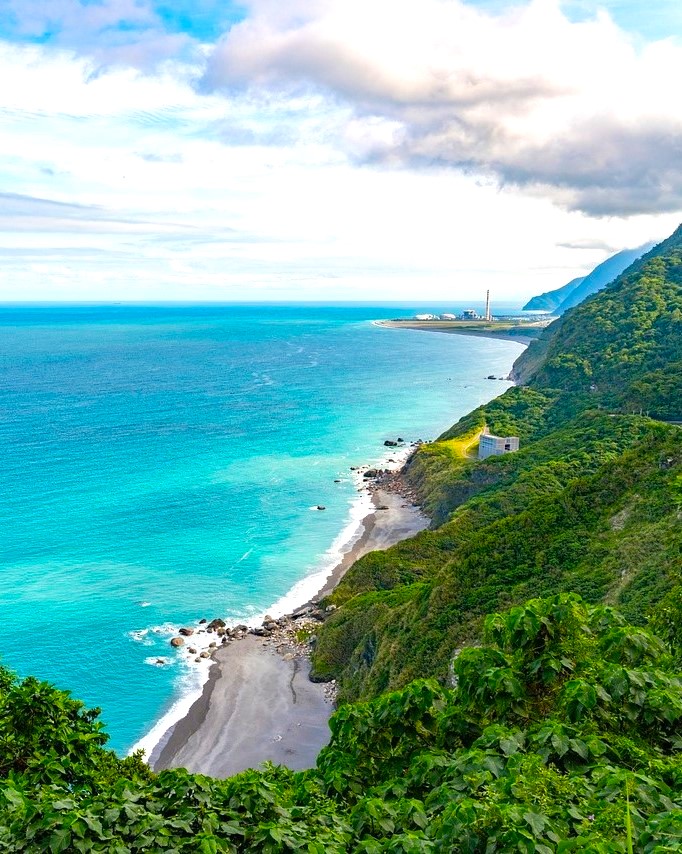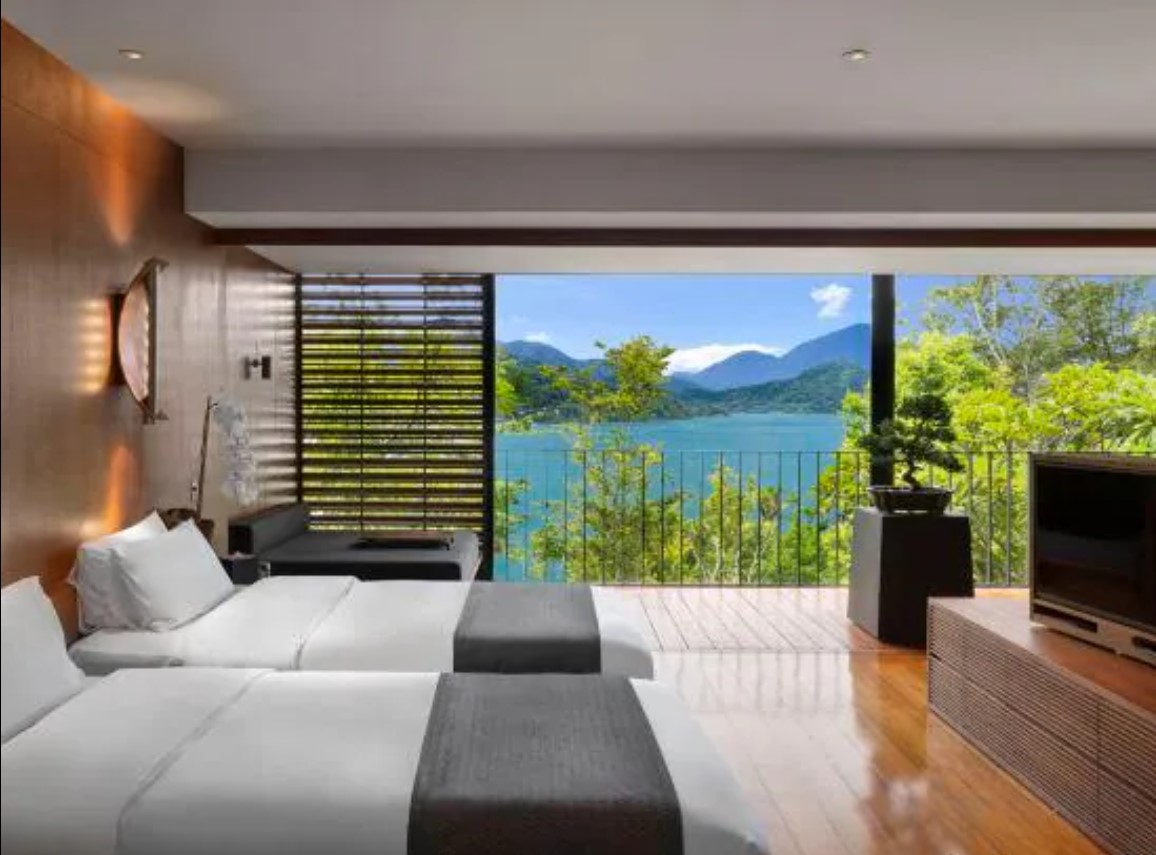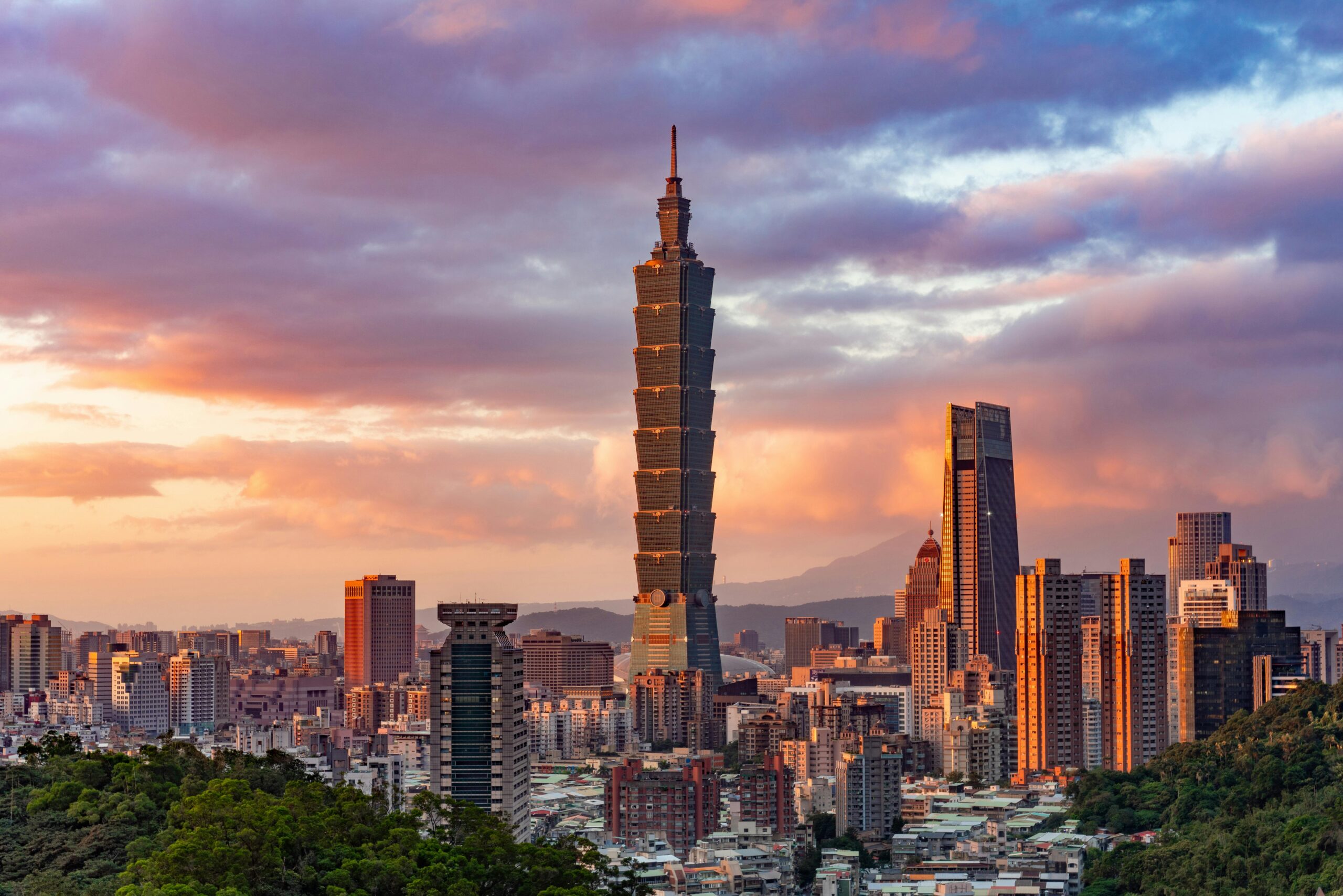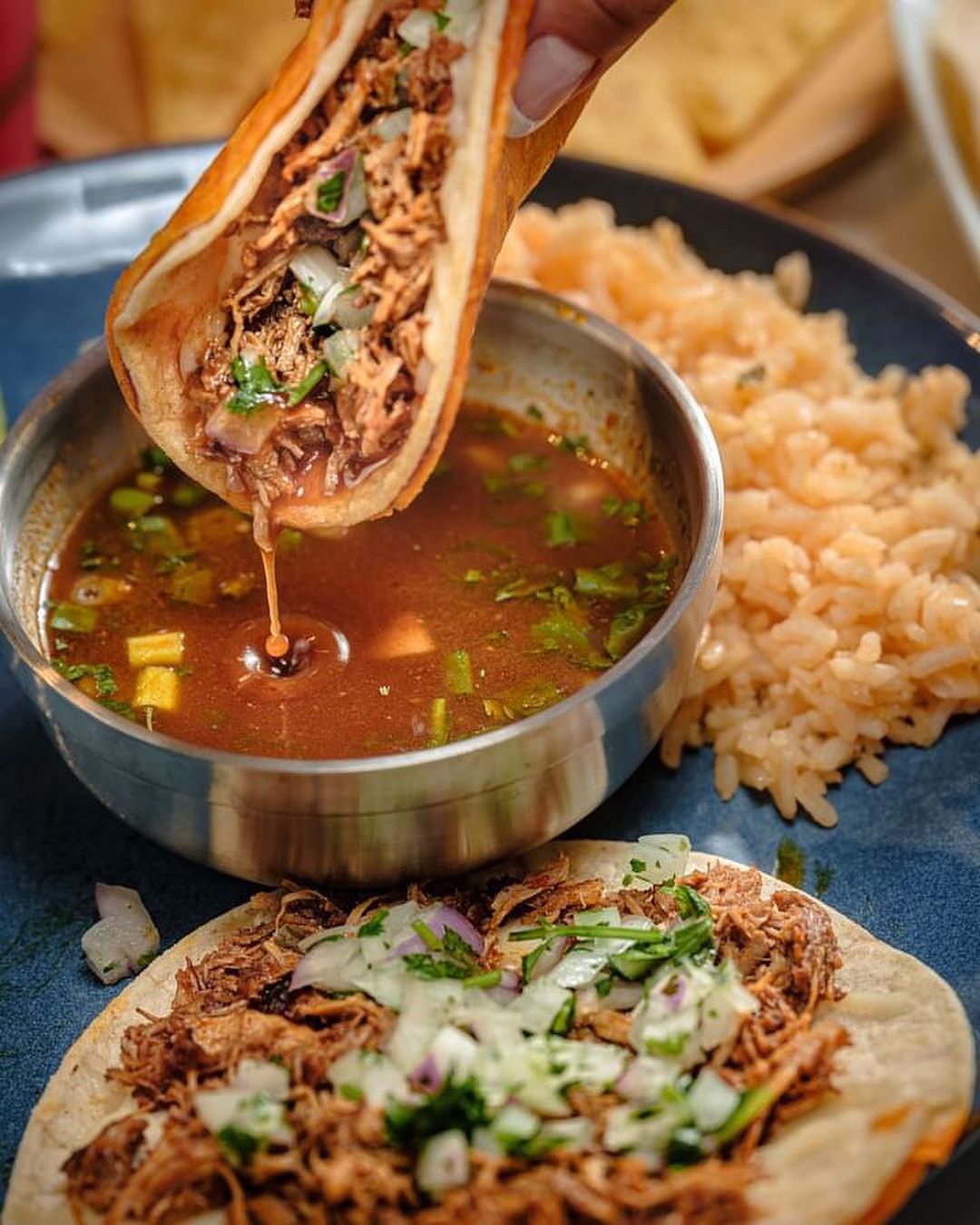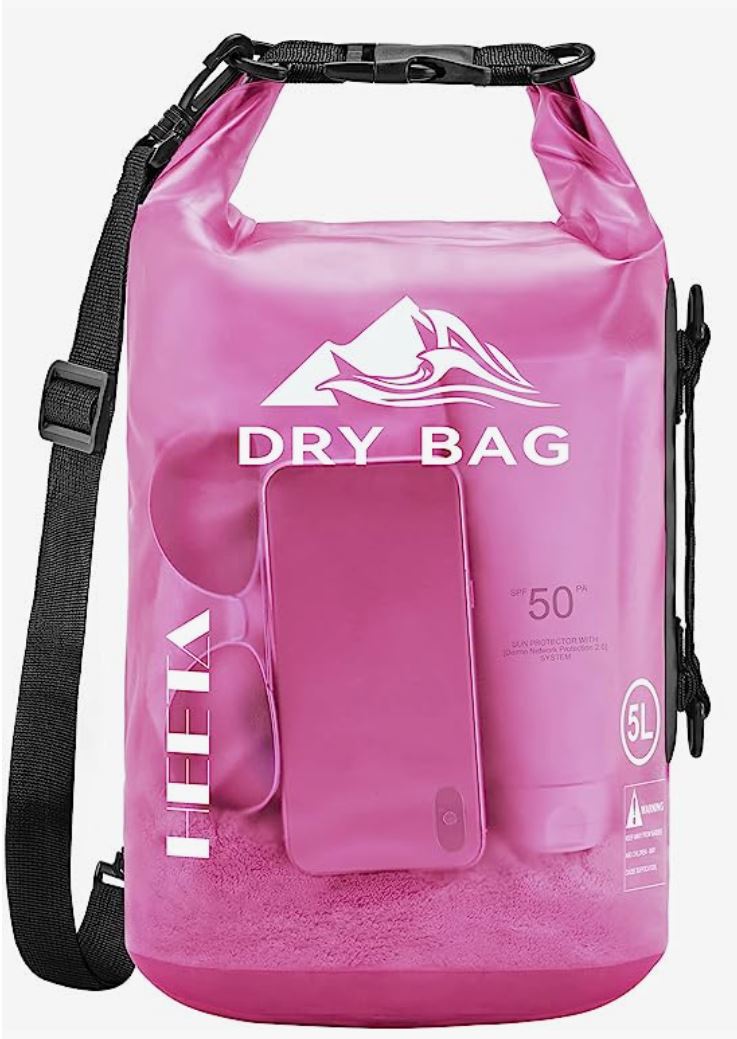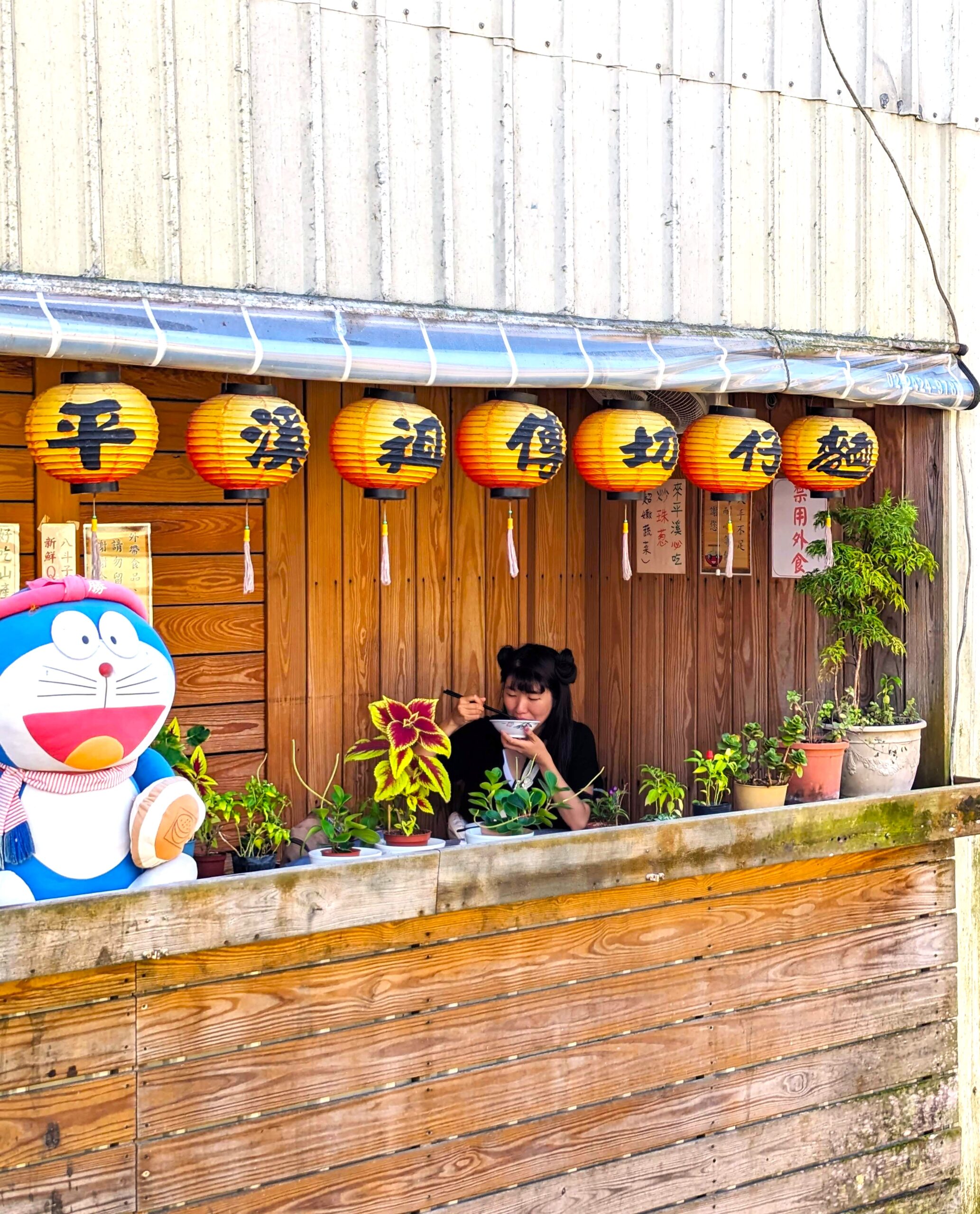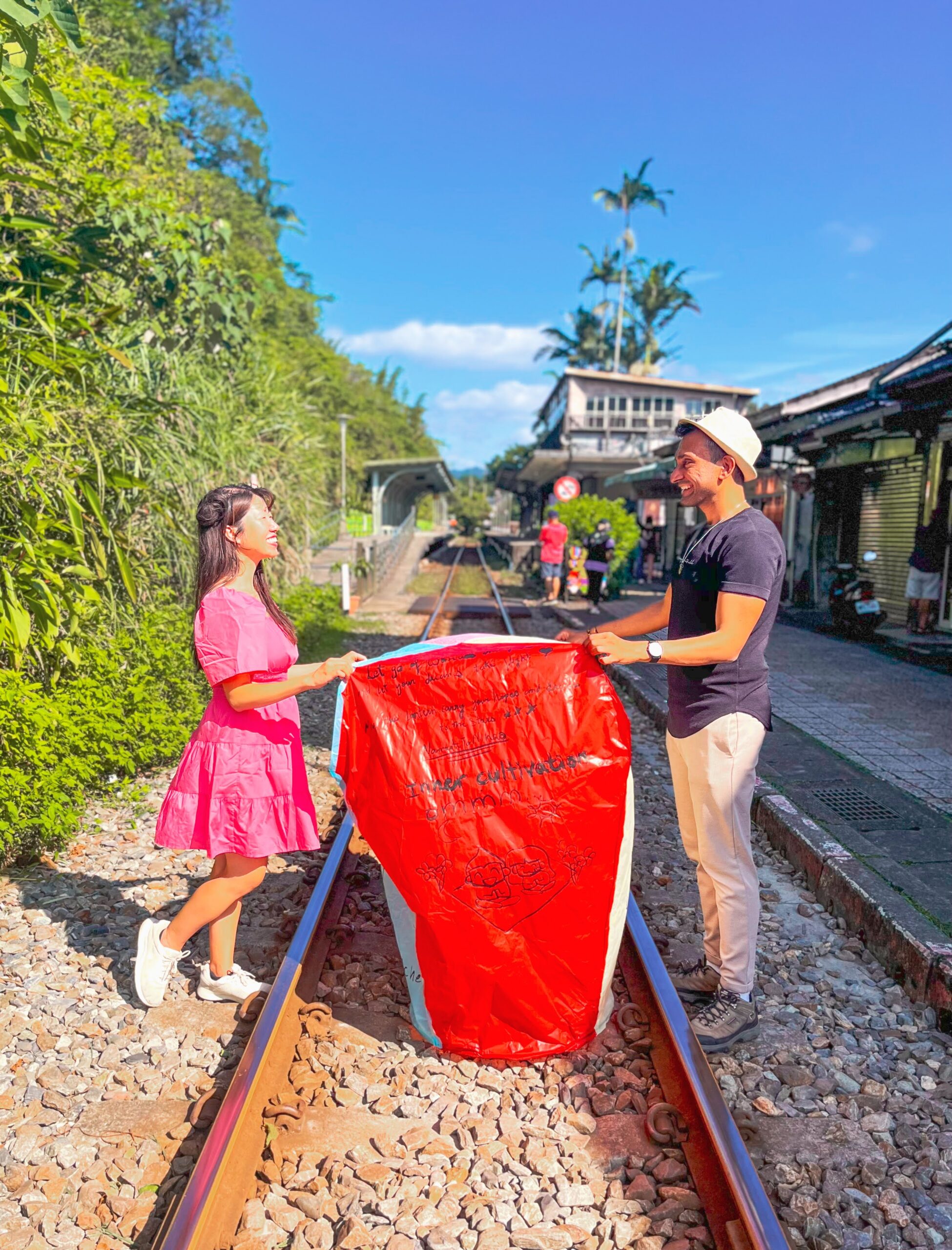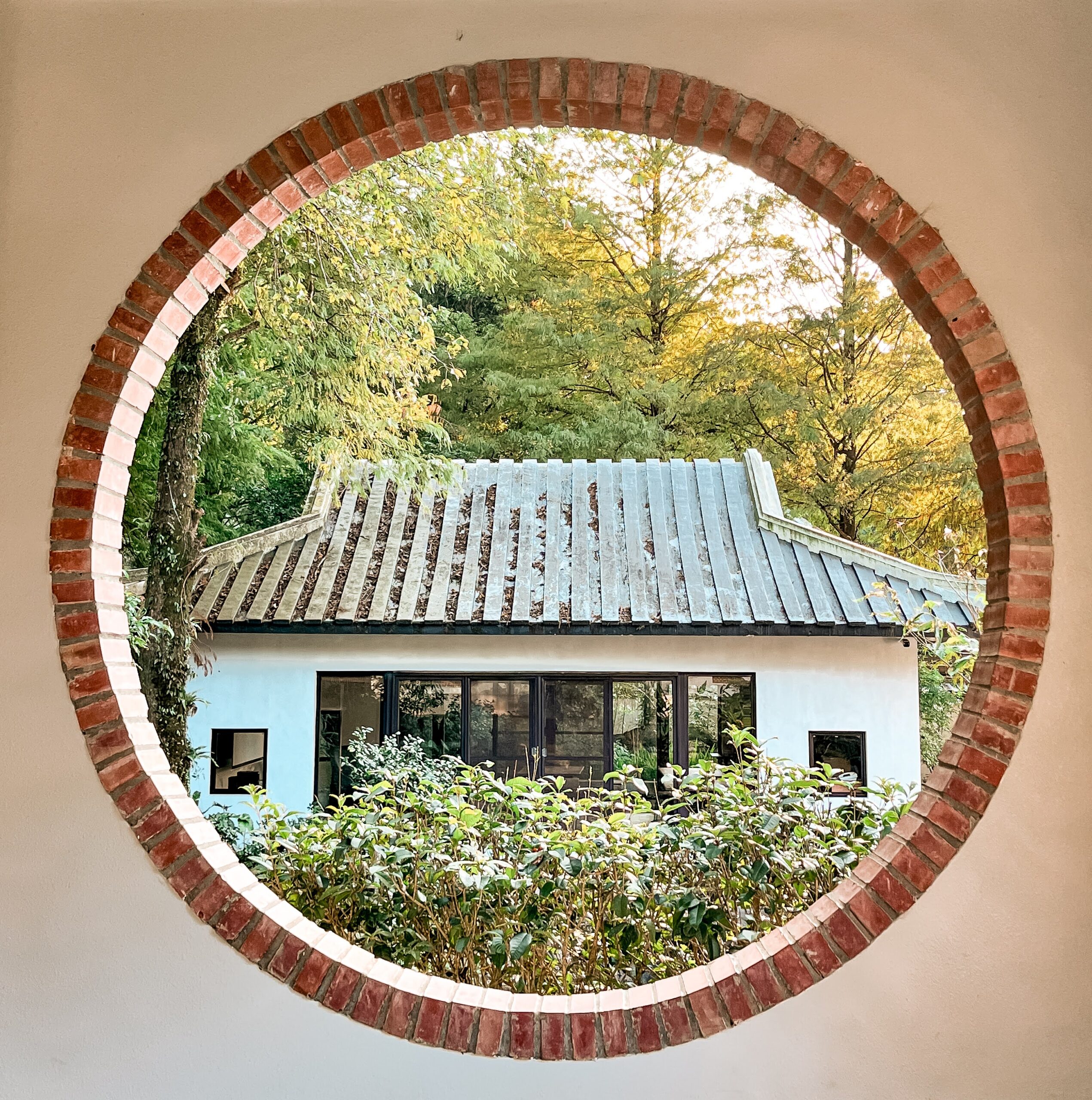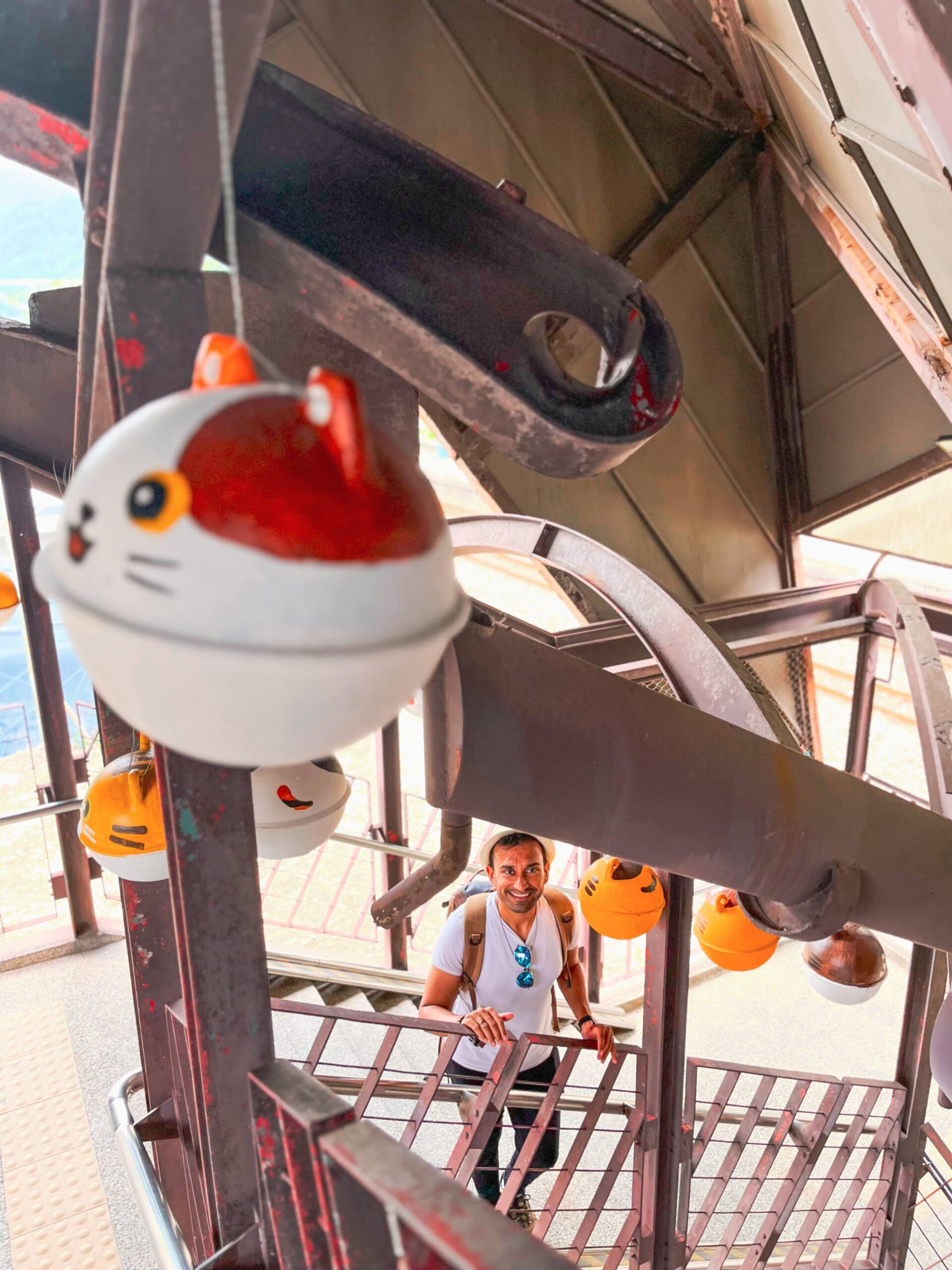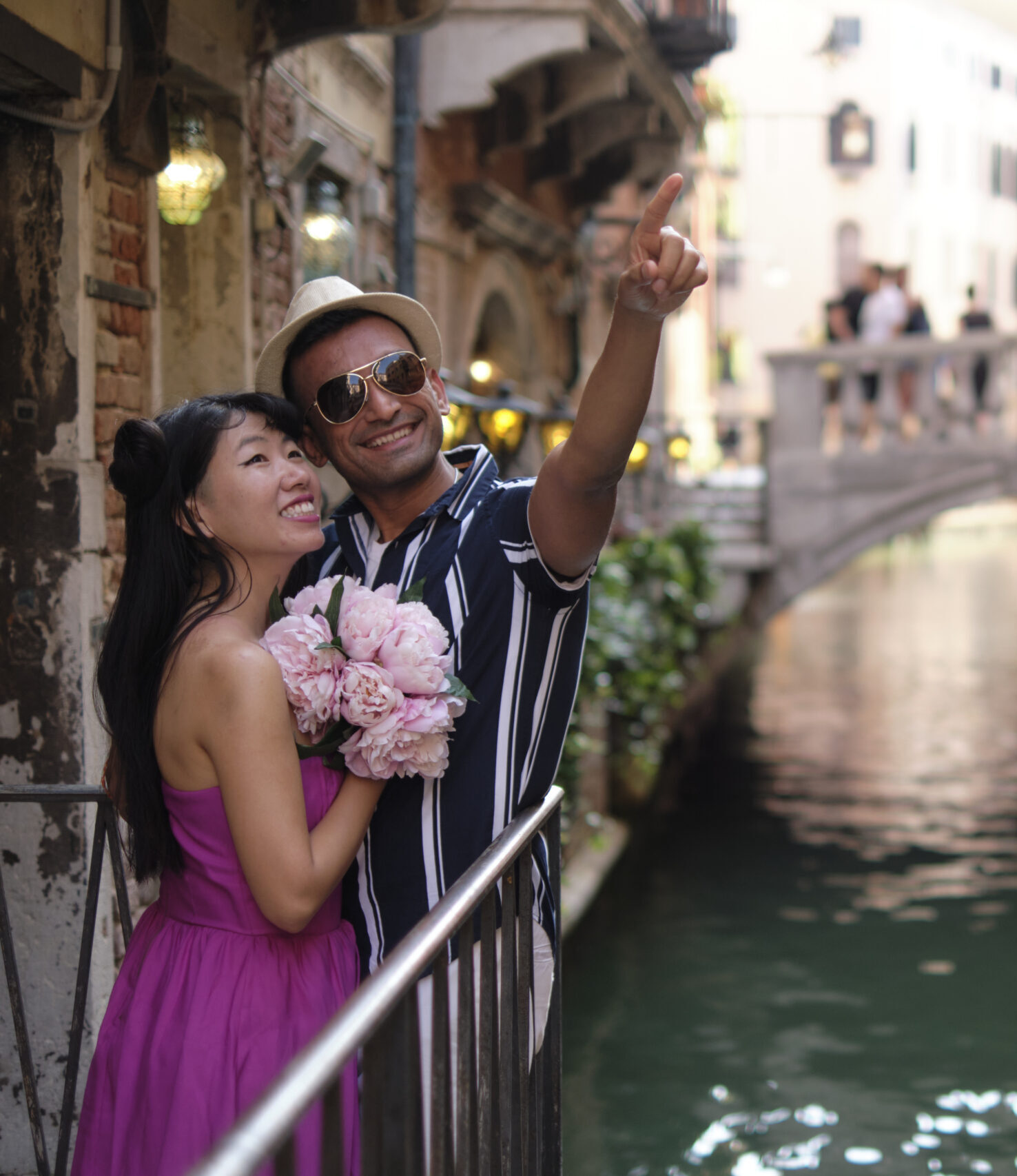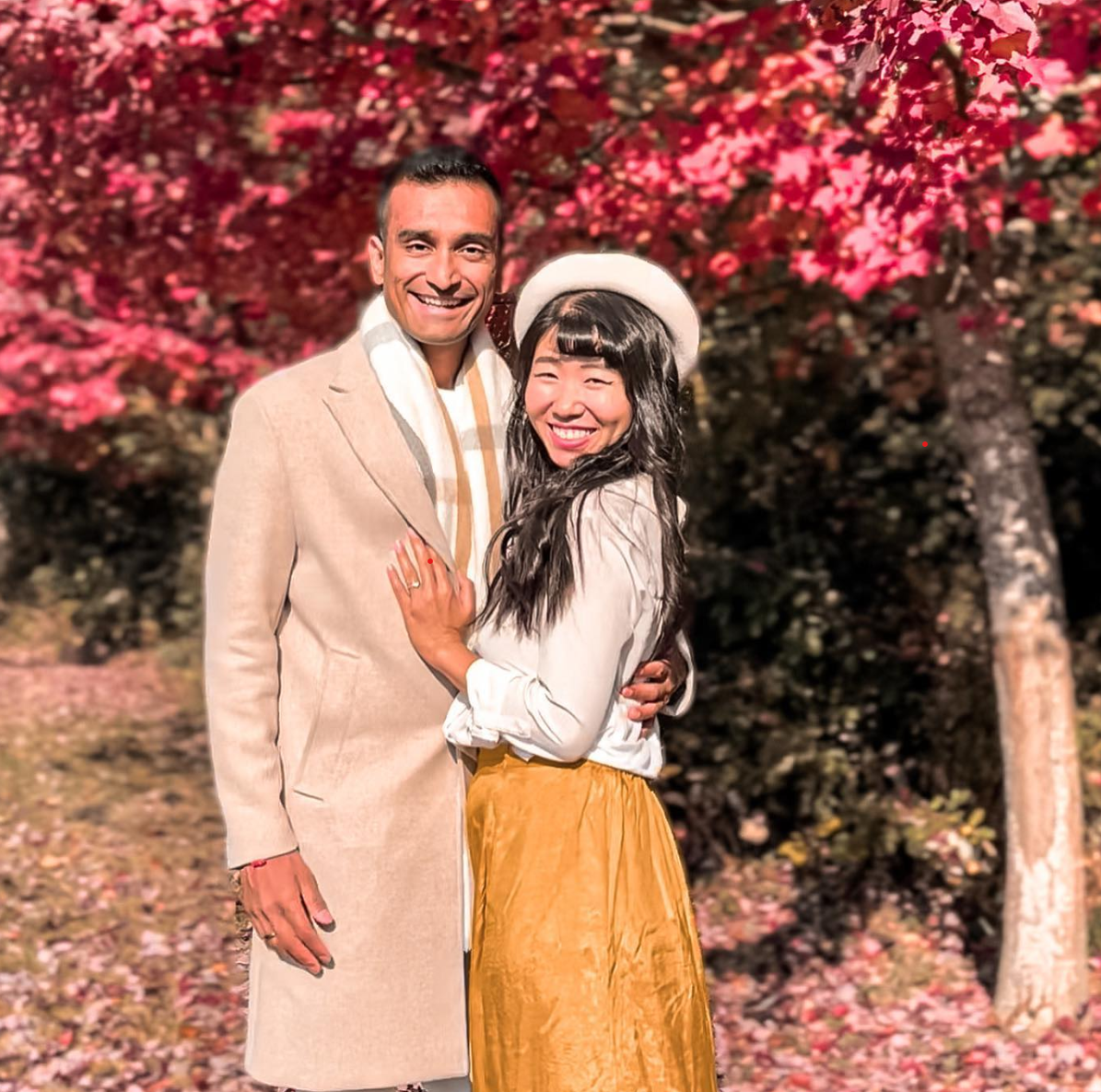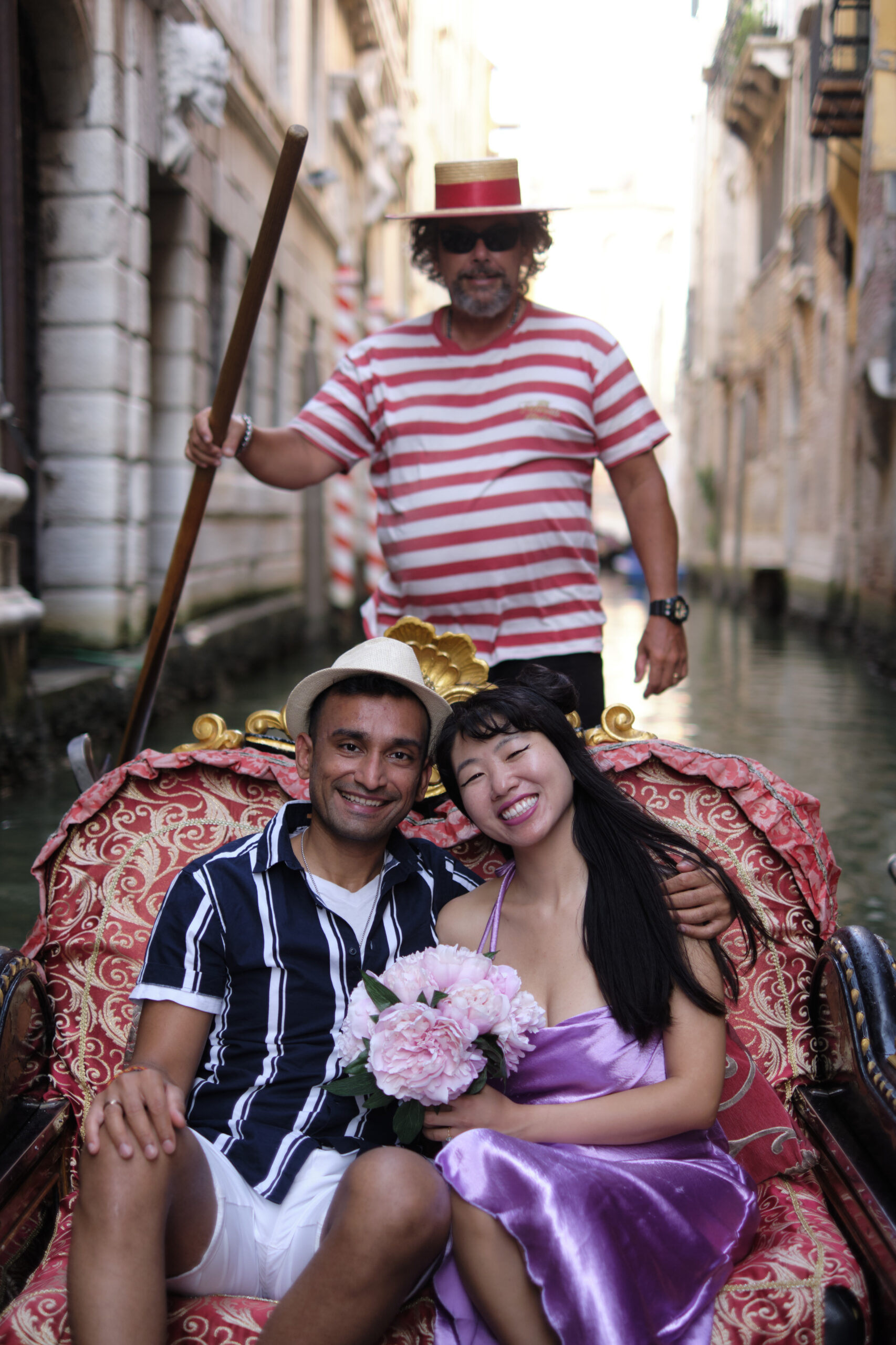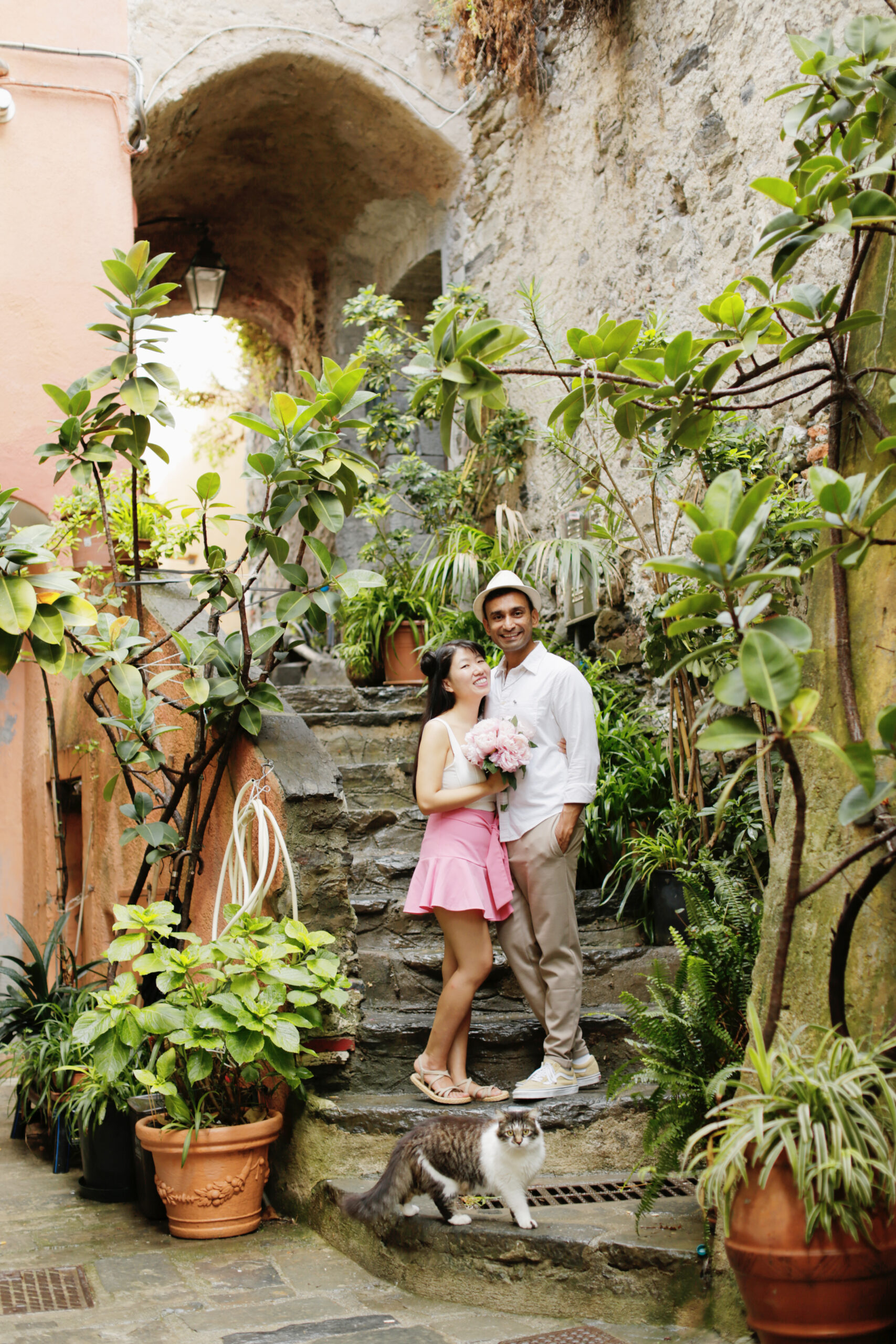Last Updated on December 9, 2025 by Jade and Deeshen
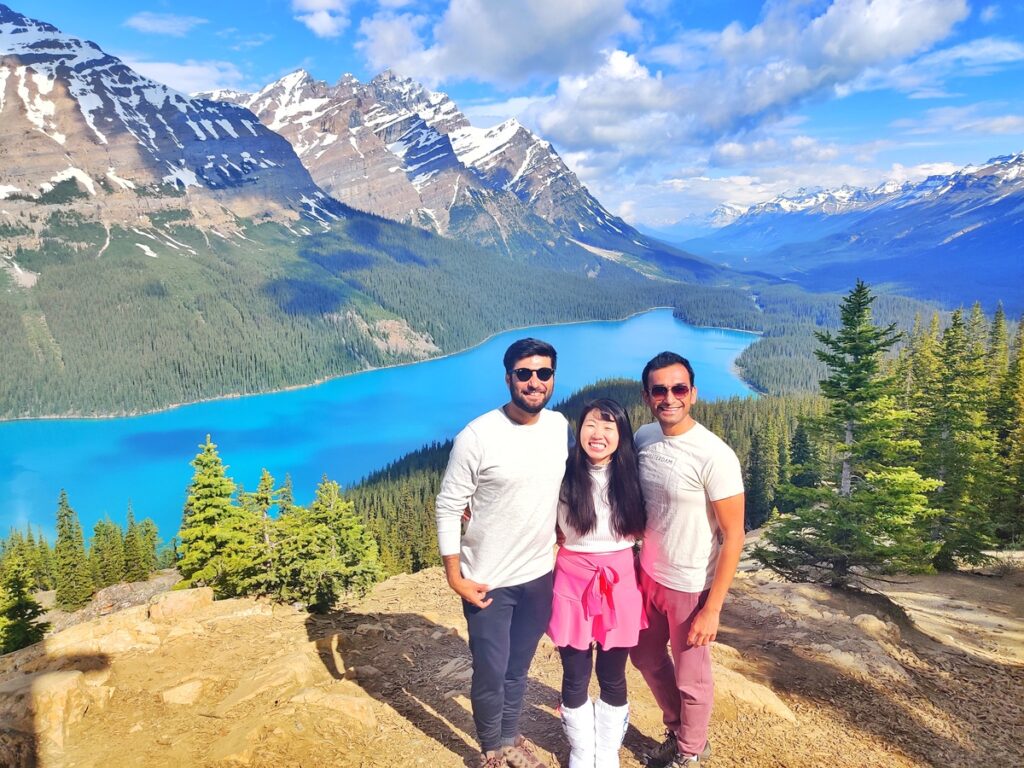
Banff and Jasper Itinerary 7 Days
If you’re trying to put together a Banff and Jasper itinerary for 7 days, we can help you out!
When we think about our Banff Jasper roadtrip, it instantly brings a smile to our face. Not only is Banff and Jasper National Park easily two of the most stunning places in the world, but it’s also one of the best spots for a luxury road trip.
Cruising through these park’s scenic roads, you’ll be treated to a panoramic feast of nature’s finest. Banff and Jasper are the ultimate Rocky Mountain destinations, boasting stunning landscapes, crystal-clear lakes, and towering peaks that draw travelers from around the world.
With so much packed into these two massive national parks, it can be hard to know where—and how—to spend your time here.
Well, you’re in luck—we’ve laid out the perfect Banff and Jasper itinerary for 7 days, so you can make the most of your time while you’re in paradise.
We’ve included the most famous spots like Lake Louise, Moraine Lake, and the Columbia Icefield. With this Banff and Jasper trip itinerary, it ensures you experience the best of both parks and create unforgettable memories with your significant other, families or friends!
But first, here are the best tour deals for Banff must do activities: (we recommend booking in advance!)
- Best deal for Banff Gondola for panoramic sea of cloud views
- Banff/Jasper Canadian Rockies Helicopter Tour
- Banff/Jasper Helicopter Flight with Exploration Hike
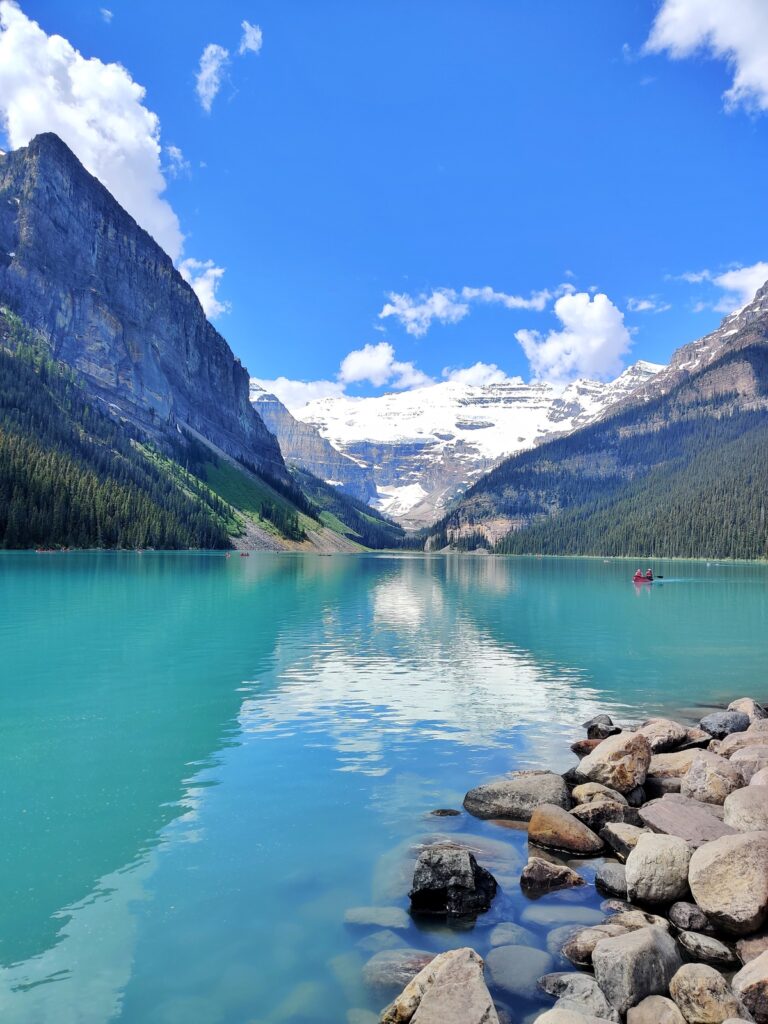
How many days do you need in Banff and Jasper?
Jasper and Banff offer stunning landscapes, rich wildlife, and a wide range of activities. Ideally, 7-10 days are recommended to fully experience both towns and their surroundings. For a shorter visit, 5-6 days can still cover the highlights. The additional days allow for a relaxed pace, additional hikes, or side trips to explore lesser-known spots.
I would say one week for a Banff and Jasper itinerary was perfect. We could’ve still seen a lot in 5 days, or we could’ve done more with two weeks. But I think a 5 day itinerary for Banff and Jasper should be the minimum.
Where to Start & End Your Canadian Rockies Itinerary
Most travelers start their trip in Calgary International Airport (YYC for Banff) or Edmonton International Airport (YEG for Jasper). We recommend the first route to start in Calgary, before heading to Banff, and then travel northwest to Jasper, finishing back in Calgary or Edmonton.
This route covers both parks and allows you to take the scenic Icefields Parkway between Banff and Jasper, an incredibly scenic drive!
How to Get Around
Banff and Jasper are absolutely massive compared to many other national parks in Canada, so figuring out how to get around is essential to making the most of your trip. These two iconic parks span over 6,600 square kilometers combined, and trust me, you’ll want to explore as much as possible!
So, if you’re wondering whether you need a car to get around Banff and Jasper, the answer is generally yes—especially if you’re planning to visit both parks and take in all the breathtaking scenery at your own pace.
While there are some shuttle services and Banff tours, having a rental car gives you the freedom to pull over whenever you see something amazing (which will happen a lot!) and to venture to more remote spots like the Icefields Parkway or Moraine Lake.
If you don’t have a drivers license, you can still visit Banff and Jasper without a car. Here are the best Banff tours without a car. THis is one where you get to explore the Canadian Rockies

Banff Where to Stay
- Luxury: The Fairmont Banff Springs Hotel offers world-class service with breathtaking views right in front of Lake Louise, and the best Banff hotel in our opinion.
- Mid-range: Banff Aspen Lodge Hotel provides cozy rooms and a central location.
- Budget: HI Banff Alpine Centre is a popular choice among backpackers and budget travelers.
Jasper Where to Stay
- Luxury: The Fairmont Jasper Park Lodge offers a luxurious stay in the heart of nature.
- Mid-range: Pyramid Lake Resort offers great views and comfortable amenities.
- Budget: Jasper Downtown Hostel is a clean and affordable choice.

Banff and Jasper Itinerary for 7 Days
Below you will find my detailed recommendations for one week in Banff and Jasper National Parks. This itinerary assumes that you are going to visit during the warm weather months when trails are snow free and all roads are open.
This protected area is home to an incredible array of wildlife, from grizzly bears, deer, elk, to bald eagles and big horn sheep. And we saw them!
Day 1: Arrival in Banff
After arriving in Calgary, rent a car and head straight to explore Calgary with this 3 hours Calgary bus tour. It takes you around to see all its landmarks, from the Calgary Tower and Heritage Park to the famous WinSport’s Canada Olympic Park.
If you want something more adventurous, take a city tour of Calgary by Vintage-Style Sidecar Motorcycle!
The town has this charming, laid-back vibe that I love, and it’s a great way to ease into your Canadian Rockies road trip.
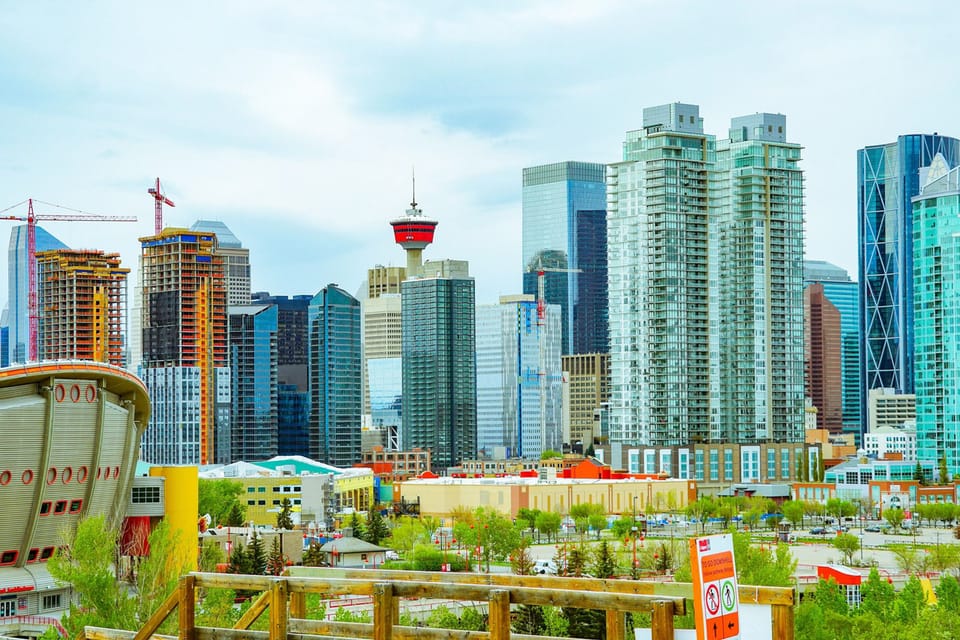
After your Calgary tour, head straight to Banff to the Canadian Rockies! The drive is just under two hours from Calgary. Once in Banff, check into your hotel or lodge.
We recommend staying at Fairmont Banff Springs Hotel. It’s handsdown the best hotel in Banff with the best location, right in front of Lake Loiuse! (which will be tough to get parking at if you don’t stay there)
If you don’t stay at the Fairmont Banff Springs Hotel, you can still use this shuttle service from Banff Town Center to Moraine Lake and Lake Louise. You’ll just have to factor in more time for transit.
Spend the evening strolling around Banff Avenue, where you’ll find cute souvenir shops, cozy cafés, and plenty of delicious restaurants. What makes Banff unique is you can go from wilderness hikes to fine dining in the span of a few hours!
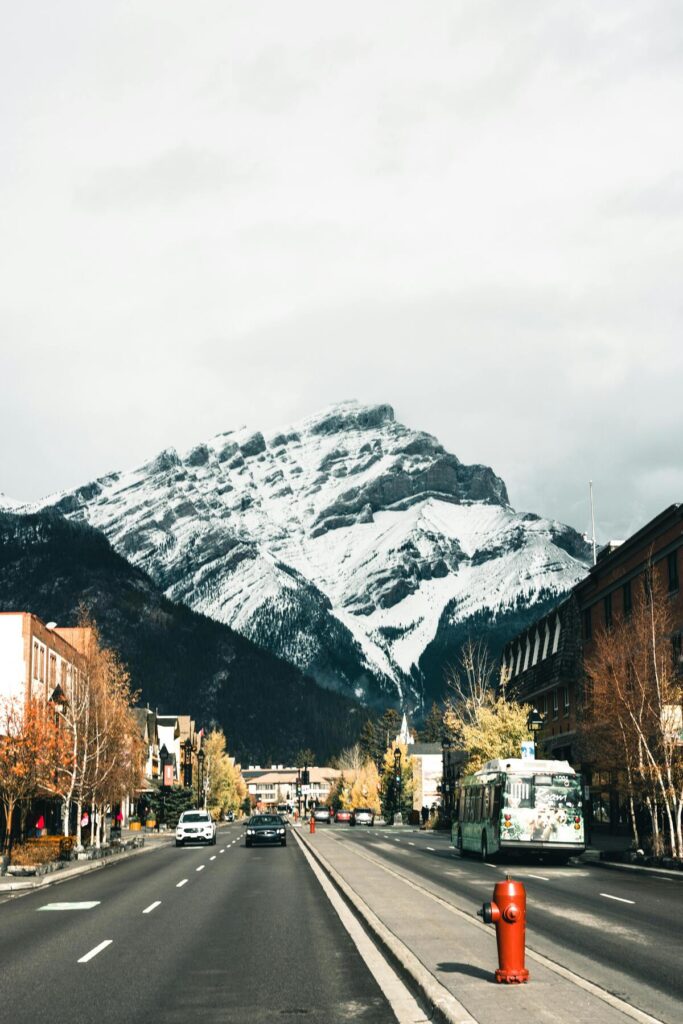
The Banff area has long been a spiritual place for the Stoney Nakoda First Nations. The name “Banff” itself comes from Banffshire in Scotland, but the area is known as “Ibex” to the Stoney Nakoda, reflecting its significance in their traditional stories and spiritual practices.
Day 2: Explore Banff Gondola and Bow Falls
Bow Falls
Kick off your first full day with a visit to Bow Falls. I recommend going early in the morning to avoid the crowds. The sound of the rushing water and the cool morning air is incredibly refreshing. What makes Bow Falls unique is how accessible it is—right on the edge of town but still offering a raw, untouched feel.
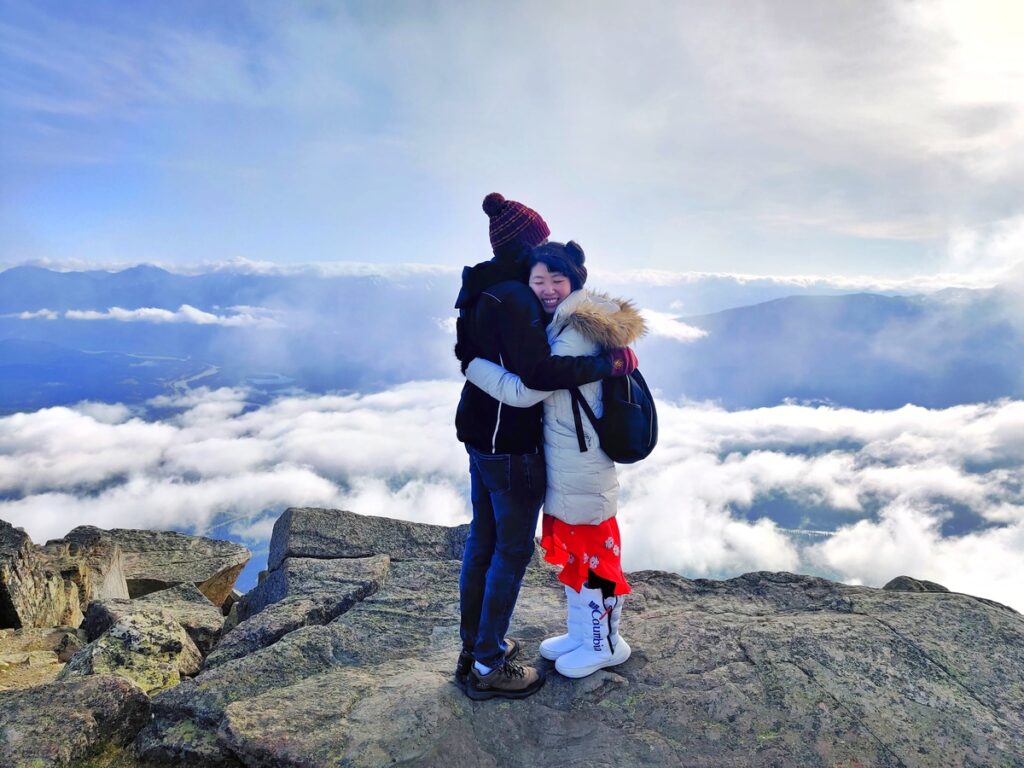
Banff Gondola
Afterward, take the Banff Gondola up to Sulphur Mountain. I can’t recommend this enough. The views from the top are out of this world—panoramic vistas of the entire Banff National Park.
Once you’re at the top, there’s a boardwalk that leads you to the Cosmic Ray Station, a National Historic Site of Canada. Trust me, it’s worth the short walk. Our favorite thing to do here was just taking in the 360-degree views with a warm cup of coffee from the summit’s café. Book this best deal for Banff Gondola!
For dinner, try Nourish Bistro, a great vegan-friendly option in Banff. Their plant-based menu is packed with creative, flavorful dishes made from locally sourced ingredients. I highly recommend their Veggie Lasagna—it’s hearty, satisfying, and full of fresh flavors. Even non-vegans will love it!
Day 3: Lake Louise and Moraine Lake
Lake Louise
Day three is all about iconic lakes. Start your day early and head to Lake Louise, one of the most photographed spots in the Rockies. (Trust me, this lake is UNREAL and we can’t wait to go back and paddle board there!) What makes Lake Louise unique is its emerald-blue water, framed by towering mountains and the Victoria Glacier. It’s even more surreal in person than in photos.
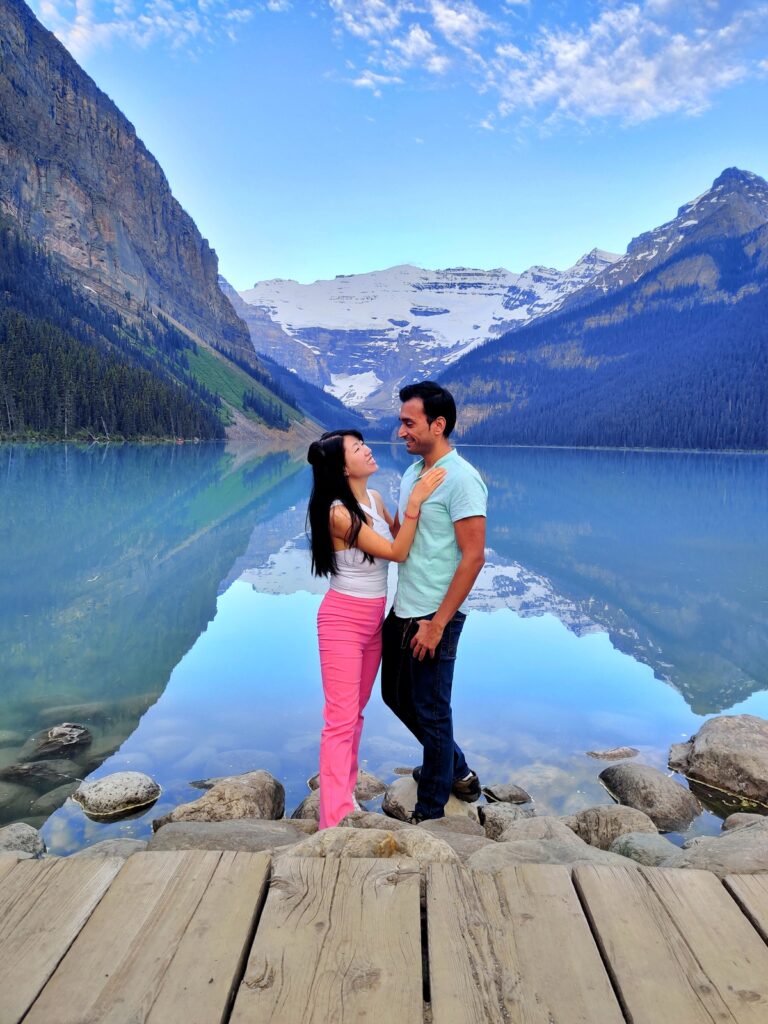
Lake Agnes Hike
There are so many hikes around Lake Loiuse, but we recommend hike the Lake Agnes Hike up to the Lake Agnes Tea House. The trail is about 7 kilometers (4.5 miles) round-trip, making it a manageable hike with incredible rewards.
Jade and I were amazed by the stunning scenery along the way. The hike starts with a steady climb, but the views of the surrounding peaks and the lush forest keep you motivated. As you reach the top, you’re greeted by the serene Lake Agnes, nestled in a picturesque alpine setting.
The highlight is definitely the iconic Lake Agnes Tea House. We stopped there for a well-deserved break, enjoying a warm drink while taking in the breathtaking views.
Even though the trail can get busy, especially in peak season, it’s absolutely worth the effort.
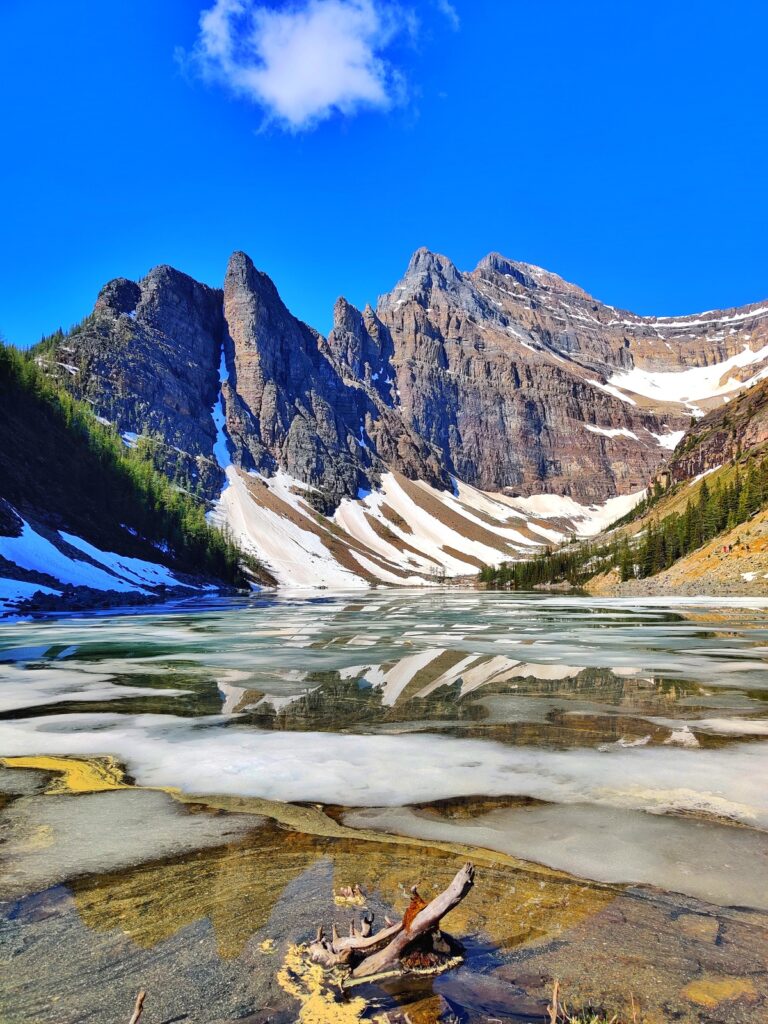
Lake Louise is named after Princess Louise Caroline Alberta, but the Indigenous peoples refer to it as “Lake of the Spirits” due to its significant spiritual value. Moraine Lake was also considered sacred by the Stoney Nakoda, who viewed the surrounding peaks as ancient guardians.
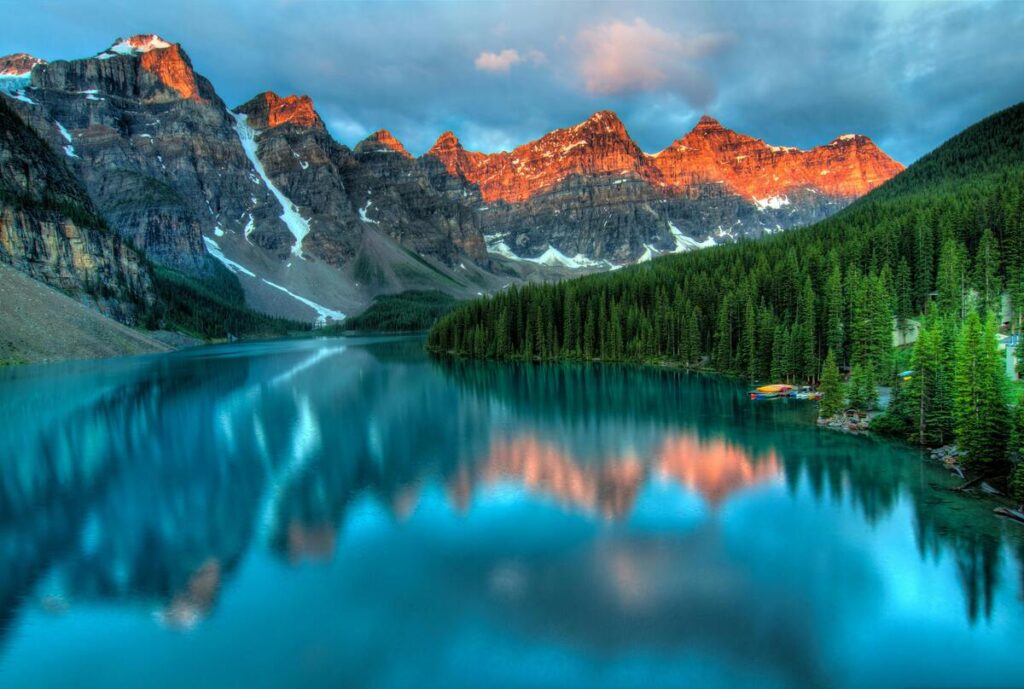
Moraine Lake
In the afternoon, visit Moraine Lake. This is our personal favorite—those ten peaks reflecting off the turquoise water are simply magical. The Rockpile Trail is a must-do, and it’s a short hike that rewards you with a view that feels straight out of a fairytale. You might have seen it on postcards, but seeing it in real life will take your breath away.
Important tip: You cannot park directly at Moraine Lake anymore. Instead, you’ll need to park at the Lake Louise Park and Ride and book a shuttle in advance to reach the lake. Plan ahead, as spots fill up quickly, but it’s totally worth the extra effort to experience this stunning location.
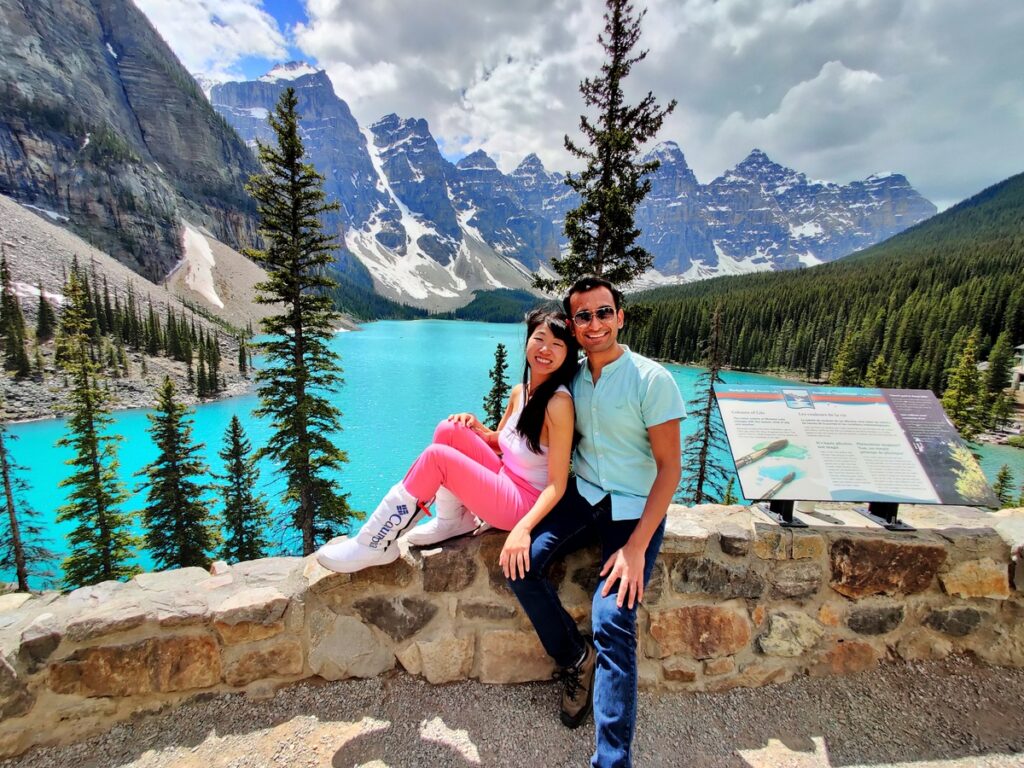
Day 4: Drive the Icefields Parkway from Banff to Jasper National Park
The drive from Banff to Jasper takes about 3 hours without stops, but trust me, you’ll want to make plenty of time for this scenic drive!
Jasper Wildfires Update
Statement from Jaspter Tourism: “JASPER, AB – July 29, 2024 – Jasper is grieving right now. In the wake of news that wildfire had reached our town, and the knowledge that the Jasper Wildfire Complex is still classified as out of control, we are faced with a level of loss that’s yet to be quantified. But our strength has always been in our community, in our people (as exemplified by the heroic efforts of emergency responders and local support staff ever since this tragedy began). Jasperites will be back to rebuild and when they do, one of the best ways to help them in the long-term will be to spend within the town. Eat in our restaurants, stay in our hotels, use our services, explore with our outfitters, rediscover Jasper.
We aren’t sure how long it will take at this point but when the residents and businesses of Jasper are ready to welcome you back – please come back. Until then, donate to the Jasper Community Team Society, a longstanding non-profit organization that will ensure funds go directly to helping this incredibly special place get back on its feet.”
Icefields Parkway
The Icefields Parkway (AB-93) is hands down one of the most beautiful drives you’ll ever experience. It stretches about 140 miles, connecting Jasper National Park to Banff National Park. While it technically takes around three hours to drive, we found ourselves spending much more time because, honestly, you just have to stop and take in the views.
This drive is the crown jewel of any Canadian Rockies road trip. We were blown away by the glaciers, towering peaks, and the stunning turquoise and aqua lakes that line the route. You’ll feel like you’re driving through a postcard.
We recommend taking your time. We spent an entire day exploring the viewpoints, snapping photos, and discovering hidden spots. Trust us, you won’t want to rush—you’ll want to savor every moment of this unforgettable drive!
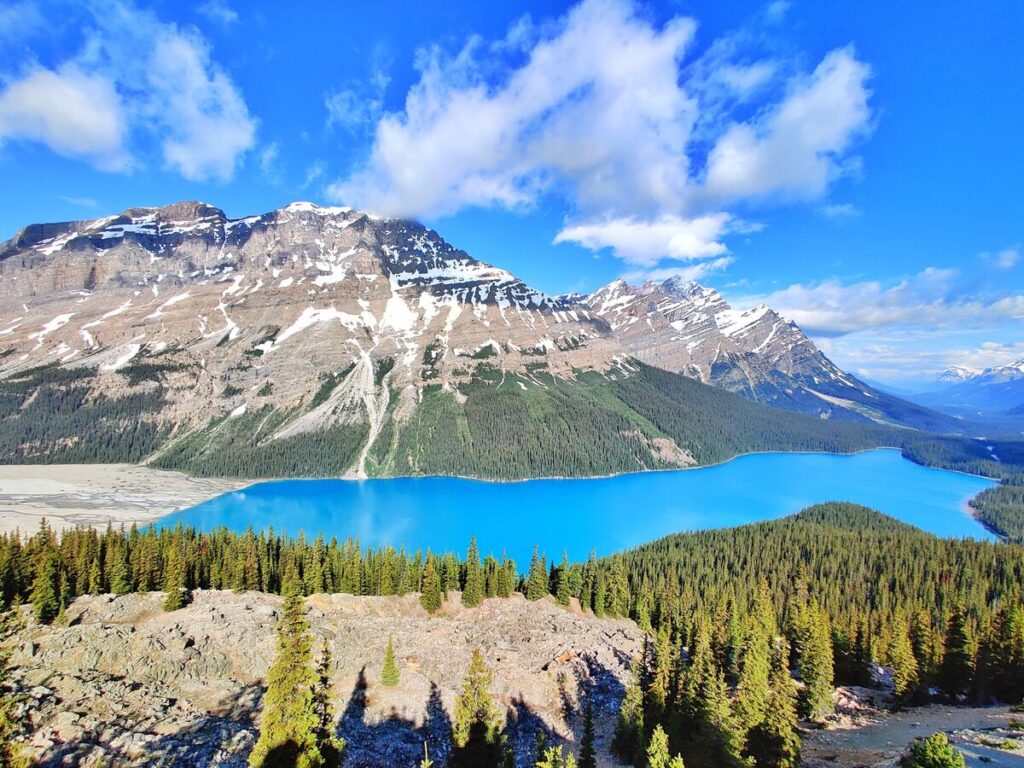
Peyto Lake
One of our favorite stops on the Banff and Jasper road trip is Peyto Lake! Peyto Lake is a must-see when you’re in Banff National Park! Its stunning turquoise color looks almost unreal, but trust me—it’s exactly like the photos. Surrounded by towering mountains, it’s easily one of the most beautiful lakes in Canada.
Getting there is simple. It’s just off the Icefields Parkway, about a 40-minute drive from Lake Louise. You’ll want to stop on your way to or from Jasper, as it’s an easy detour.
Once you park, the hike to the main viewpoint is quick—just 10 to 15 minutes uphill. And the view? Absolutely breathtaking! If you’re feeling adventurous, try one of the lesser-known trails nearby for a quieter spot with equally amazing views.
Peyto Lake is one place you won’t want to miss!

Athabasca Glacier Columbia Icefield Skywalk and Ice Explorer
Make sure to stop at the Athabasca Glacier for a guided icefield skywalk. It’s one of the few places on the Banff to Jasper road trip where you can actually step onto a glacier! Walking on this ancient ice is a truly humbling experience.
The Athabasca Glacier is rapidly melting so if you want to see it in this lifetime, now is the time!
The guided tour starts by riding the giant Ice Explorer truck that takes you the glacier safely. Our guide shared intriguing stories about the glacier’s formation and its unique features. You’ll get to see crevasses, ice formations, and learn about the glacier’s role in the ecosystem. It’s an eye-opening adventure and a must-do for anyone visiting the area!
We highly recommend booking the Columbia Icefield Skywalk with this best deal in advance because the line is crazy long, we had to wait 1.5 hours just to buy tickets.
Here’s a photo of us on the glacier. And yes, it’s cold even in the summer so be sure to bundle up!
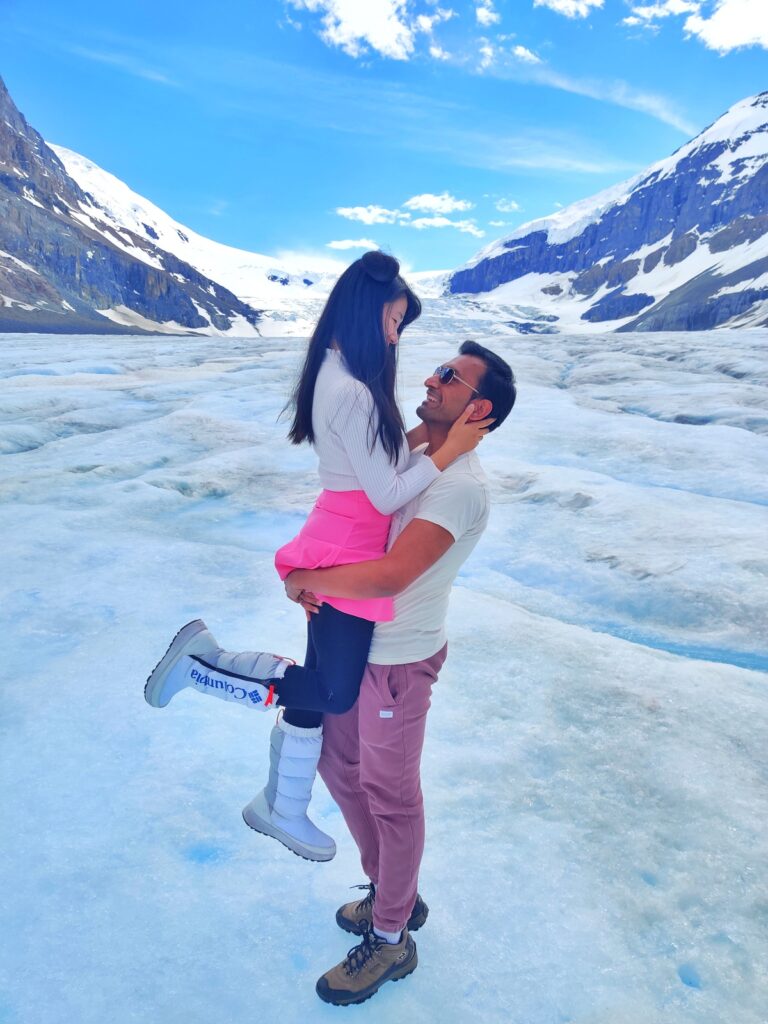
Glacier Skywalk
The Glacier Skywalk was also a thrill! We had an amazing time, and I think you’ll love it too. This glass-bottomed walkway extends out over the Sunwapta Valley, giving you jaw-dropping views of the landscape far below.
Jade and I were both wowed by the sheer drop and the panoramic vistas of the mountains and valleys. It’s a unique way to see the natural beauty of the area.
As you walk along, you’ll find interesting displays that explain the local wildlife and geology.
Be warned though, the lines are long (1-2 hour wait), and it’s kind of a tourist trap. We still felt it was worth it and an very afordable and accessible activity for friends or families.
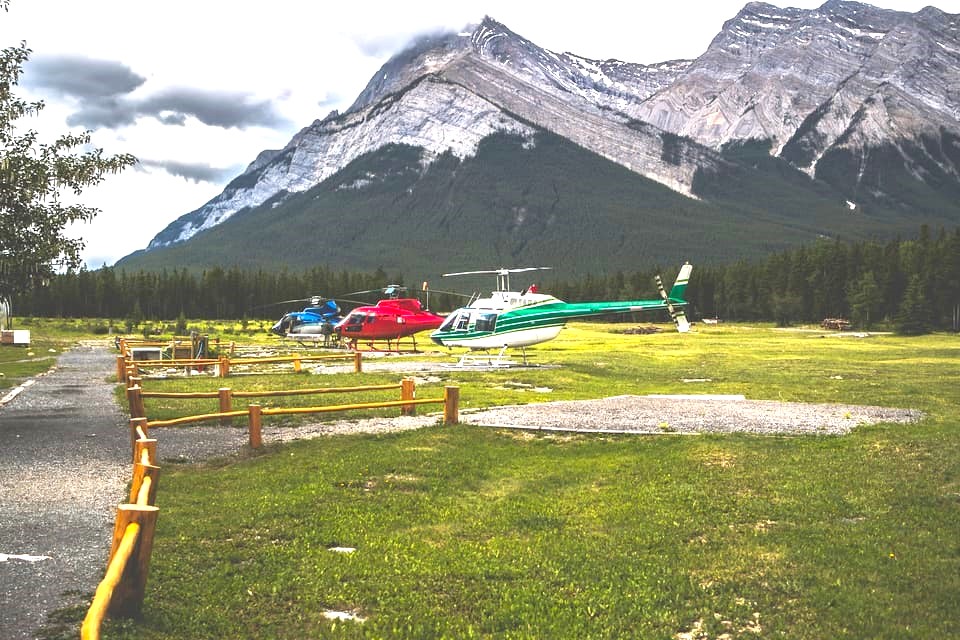
Banff Jasper Helicopter Tour
Although, the next time we go on a Banff Jasper road trip, I’d definitely choose this helicopter tour or this helicopter flight with exploration hike instead of the skywalk. Seeing the ice fields from a birds eye view from above is simply something unforgettable!
We also prefer a more private experience with nature instead of large group tours.
The Athabasca Glacier and surrounding icefields hold deep cultural significance for the First Nations. The icefields are considered a place of powerful energy and spirit, with traditional stories speaking of the glaciers as ancestral spirits providing guidance and protection.

Day 5: Discovering Jasper National Park
Jasper SkyTram
Today is all about exploring the stunning landscapes of Jasper National Park. Start with a ride on the Jasper SkyTram. This tramway takes you up Whistlers Mountain, offering panoramic views that will literally take your breath away.
The expansive vistas of the Rockies and the valleys below are absolutely mesmerizing. It’s one of those experiences that make you feel on top of the world!
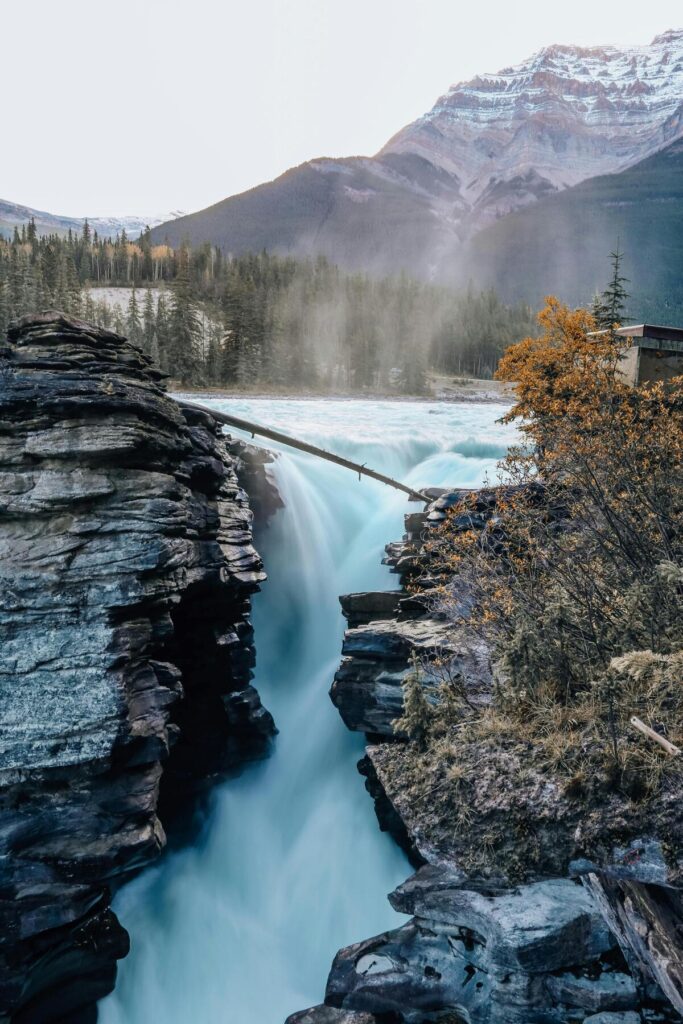
Athabasca Falls
Next stop, head over to Athabasca Falls, a beautiful spot to feel the sheer power of a water fall! We got super wet here, and loved it!
These falls aren’t the tallest, but the force of the water plunging through the gorge is incredible. We recommend taking the time to walk the trails around the falls.
Jade and I loved the close-up views. You can walk along several viewpoints that give you different perspectives of the cascading water, and to get wet! The roar of the falls and sharing it with our friend Darshik made it an unforgettable experience!
Athabasca Falls has a fascinating history. The falls are located in Jasper National Park, and they were shaped by the power of the Athabasca River cutting through the ancient rock formations, and carved out into deep canyon over thousands of years.
The falls are relatively young in geological terms. They were formed about 10,000 years ago during the last Ice Age when the Athabasca Glacier began to recede. As the glacier melted, it created a substantial flow of water that eroded the rock and formed the falls we see today.
The name “Athabasca” comes from the indigenous Cree language, and it means “a place where there are reeds.”
Maligne Canyon
In the afternoon, head over to Maligne Canyon. The deep, narrow gorge carved by the Maligne River is absolutely stunning. Jade and I were amazed by the rugged rock formations and the series of cascading waterfalls. It’s a hike that really makes you feel connected to the raw beauty of nature.
As you walk along the canyon, you’ll enjoy the thrilling contrast of the rushing water and the serene surroundings.
Many Indigenous stories and teachings are tied to the canyon by the local Cree and other First Nations peoples. Traditionally, the canyon has been viewed as a site where the physical and spiritual realms intersect. The rushing river and the sheer rock walls are seen as manifestations of the spirit world’s power. It’s considered a sacred place for reflection.
Valley of Five Lakes and Pyramid Lake
Valley of Five Lakes
Start your day with a serene hike at the Valley of Five Lakes. This place is a hidden gem—its tranquil beauty and the vivid colors of the lakes are truly captivating. Each lake is unique, with its own shade of blue or green, reflecting the surrounding forests and mountains. It’s the perfect spot for a peaceful morning hike. The gentle trails offer stunning views and the opportunity to connect with nature in a quiet, reflective way.
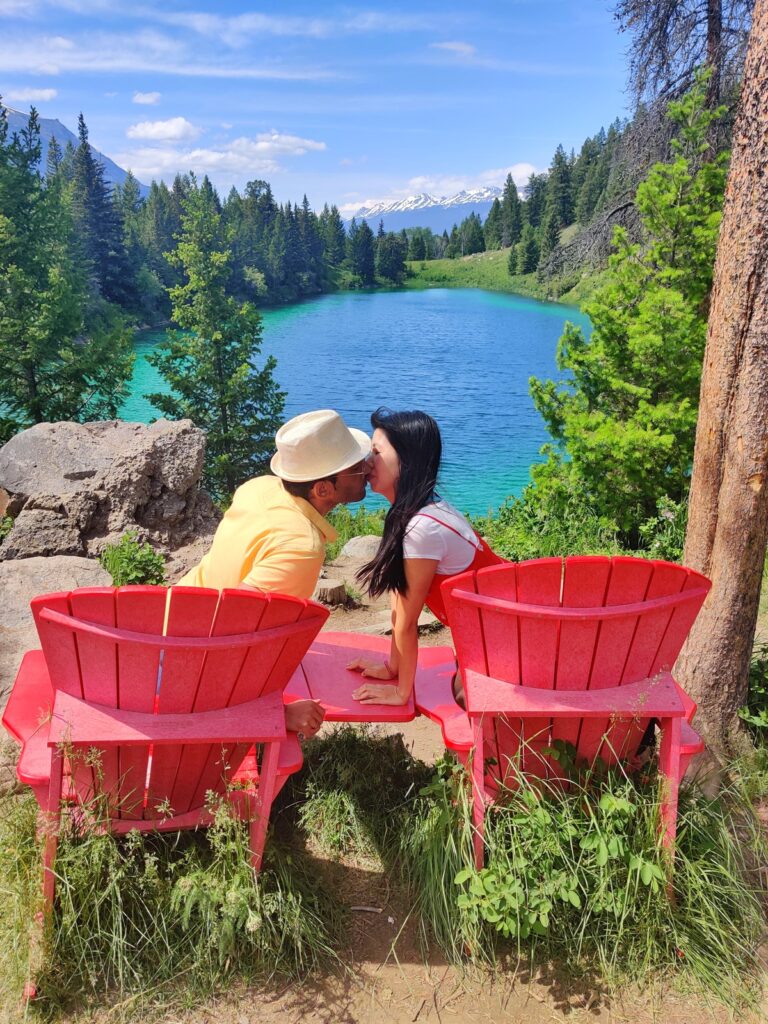
Pyramid Lake
In the afternoon, head to Pyramid Lake. This lake is a great spot for some fun water activities like canoeing or paddleboarding. The lake’s clear waters are framed by majestic peaks, making it a picturesque place to spend a few hours on the water. If you’re into kayaking, I highly recommend renting one—gliding across the lake with the sun shining down is pure bliss.
As the day winds down, return to Jasper for a relaxed evening. Whether you choose to stroll around town or enjoy a cozy meal at one of Jasper’s charming restaurants, it’s a great way to unwind after a day of adventure. You’ll love the small-town charm and the friendly atmosphere.
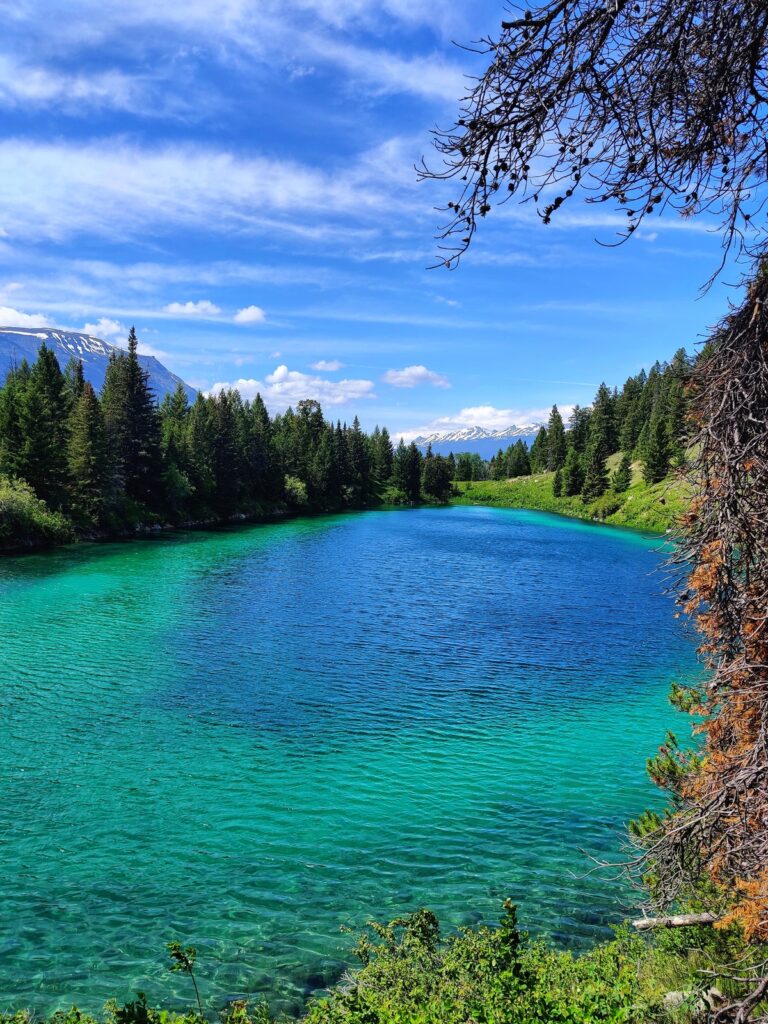
The Valley of Five Lakes and Pyramid Lake are significant in the traditional stories of the Secwepemc people. They view these lakes as sacred and connected to their ancestral heritage, embodying the essence of their spirituality and connection to the land.
Day 7: Scenic Drive Returning to Calgary
Icefields Parkway
As your Rocky Mountain adventure comes to a close, start your day with an early departure to fully savor the beauty of the Icefields Parkway one last time. This iconic route is renowned for its dramatic landscapes, including towering peaks, expansive glaciers, and pristine lakes. The morning light casts a magical glow over the scenery, making it a perfect time for some final snapshots of the stunning vistas.
Bow Falls
If you’re up for a little detour, consider stopping at Bow Falls in Banff. This picturesque spot is known for its impressive cascades and the gentle roar of water tumbling over the rocks. It’s a serene place to take a leisurely walk and reflect on your journey. The falls are particularly lovely in the early light, offering a peaceful farewell to the natural wonders you’ve explored.
Keep in mind that the drive back to Calgary is quite long, and unexpected road closures can add significant time to your journey. We recommend factoring in plenty of extra time (1-2 hours), as accidents or roadwork can sometimes close down the entire road for hours.
On our trip, we experienced a closure that added an extra 2 hours to our drive back to Calgary International Airport, requiring a U-turn and detour back through an alternate route. It’s always wise to check road conditions and plan accordingly to avoid any stress.
To make the most of your return drive, plan some extra time for spontaneous stops. Whether it’s a quick photo op or a brief stroll, these little moments can add a special touch to your journey home.
Banff and Jasper Itinerary 7 days FAQs
Banff and Jasper are considered one of the most beautiful places in the world and one of the best places to ski in the world during the winter.
Should I Spend More Time in Jasper or Banff?
The choice between Jasper and Banff depends largely on your personal preferences and travel style.
Banff tends to be bustling with tourists and popular sights, which some find overwhelming. If you prefer a quieter, less commercialized experience, Jasper’s serene and less touristy atmosphere might be more appealing.
I recommend considering what kind of environment you enjoy most—whether it’s the lively, well-facilitated Banff or the tranquil charm of Jasper.
What is the Best Month to Go to Banff?
The best time to visit Banff is during the summer months, from June to September.
During this period, temperatures are comfortably warm, generally staying below 72°F (22.5°C), and you can expect plenty of sunshine.
I highly recommend this time frame for enjoying outdoor activities, such as hiking and sightseeing, without the extreme cold or heavy snow that can occur in winter.
Where to stay in Banff?
The best hotel in Banff is handsdown the Fairmont Banff Springs. It’s gorgeous and has an unbeatable location right in front of Lake Louise, which means you can spend sunrise and sunset at the lake, and get a headstart on your exploration before the crowds come in.
What is the Best Month to Go to Jasper?
The best time to visit Jasper National Park is from June to September.
The weather is typically warm and pleasant, rarely exceeding 72°F (22.5°C), and you’ll have a good chance of enjoying sunny days.
I suggest planning your visit during these months to fully appreciate Jasper’s natural beauty and partake in outdoor adventures without the chill of the off-season.
Which is Better, Banff or Jasper?
Choosing between Banff and Jasper depends on what you’re looking for.
Banff offers more accessible hiking trails, popular destinations, and a wide range of accommodations and dining options due to its tourism-focused town.
However, if you prefer a more peaceful and authentic mountain town experience, Jasper’s quieter atmosphere might be just what you’re looking for.
I recommend evaluating your priorities—whether you want a bustling atmosphere or a more laid-back vibe—before making your choice.
What is the Best Canadian Rockies Itinerary for 7 Days?
For a 7-day adventure, consider starting in Banff to experience its iconic sights and attractions, then make your way to Jasper via the scenic Icefields Parkway.
This itinerary will allow you to soak in the best of both parks, giving you ample time to explore and enjoy the stunning landscapes of the Canadian Rockies.
I suggest making a list of must-see spots to ensure you cover all your interests.
Can You Do Banff and Jasper in 5 Days?
Yes, you can explore both Banff and Jasper in 5 days.
I recommend focusing on the main attractions of each park, including the Athabasca Glacier and the charming towns of Banff and Jasper.
While you may need to prioritize certain sights, a well-planned 5-day road trip will give you a comprehensive taste of these stunning destinations.
Can You Do Banff and Jasper in 3 Days?
Covering both Banff and Jasper National Parks in just three days is a challenge.
If you’re short on time, be sure to plan ahead and select must-see spots to maximize your visit.
I recommend focusing on key highlights and accepting that you may miss out on some attractions due to time constraints. Prioritize what interests you most to make the most of your brief visit.
Additional Spots to Cover
In addition to the key highlights mentioned above, don’t miss:
- Sulphur Mountain (Banff Gondola for stunning 360° views).
- Emerald Lake in nearby Yoho National Park.
- Sunwapta Falls on the way to Jasper.
- Mistaya Canyon for a quick but rewarding stop on the Icefields Parkway.
Canada Essentials – What You Need & Need to Know About Visiting Canada
- Visa/Entry Requirements: Ensure you have the proper visa or ETA to enter Canada.
- Currency: The currency is Canadian Dollars (CAD), and most places accept credit cards.
- Weather: Summer (June-September) is peak season with warmer weather, but expect sudden temperature changes. Winter can be freezing, so pack accordingly.
- Wildlife: Be bear-aware, especially in more remote areas. Carry bear spray when hiking.
- Park Fees: Both Jasper and Banff are in national parks, so you’ll need to purchase a Parks Canada Pass.
- Phone & Internet: Consider getting a SIM card or an international plan to stay connected.
- Driving: Canadian roads are well-maintained, but mountain roads can be challenging, especially in winter. Always check conditions ahead of time.
Final Thoughts: Banff Jasper Itinerary 7 Days
We hope this 7-day Banff and Jasper itinerary gives you all the inspiration and info you need to plan your adventure.
Whether it’s your first time visiting the Canadian Rockies or your fifth, these incredible destinations will keep you coming back for more! Safe travels!


